Ah OnePlus. Once the darling of the tech enthusiast world, last year was kinda rough for the Chinese giant. It’s first flagship smartphone of last year, the OnePlus 10 Pro, was widely criticised for being priced rather extravagantly for a OnePlus at RM4,199. For many in its hardcore fan base, this was a stab in the back from the company that first popularised the term ‘flagship killer’.
It then did a full one-eighty with its second flagship smartphone of the year, the OnePlus 10T. Perhaps in an attempt to win back its fans, OnePlus cut almost every corner they could with the 10T to the point where it was almost a circle, leading to it being the cheapest Snapdragon 8+ Gen 1-powered smartphone in Malaysia when it debuted at just RM3,199. However, it again alienated its fan base by dropping key features such as the alert slider to hit that price point.
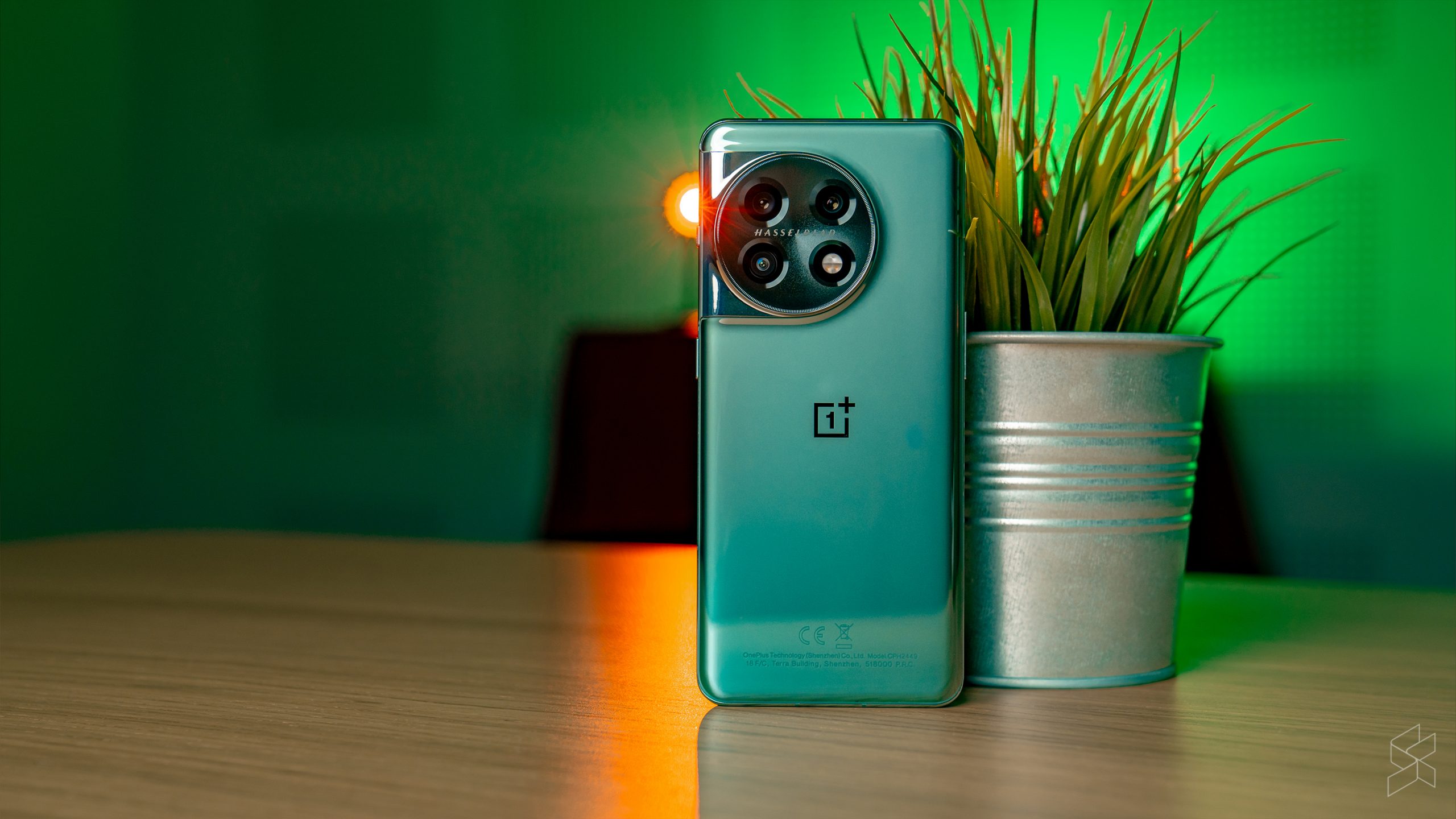
And now we have the OnePlus 11, the company’s latest flagship. I’ve been using it for a couple of weeks now, and you know how I mentioned OnePlus cutting corners until the 10T became a circle? Well with the OnePlus 11, there literally is a circle—at least, when it comes to the camera bump.
A design only its mother could love
They always say first impressions last the longest and when I first glanced at the OnePlus 11, I found it really, really gaudy. I mean, look at it:
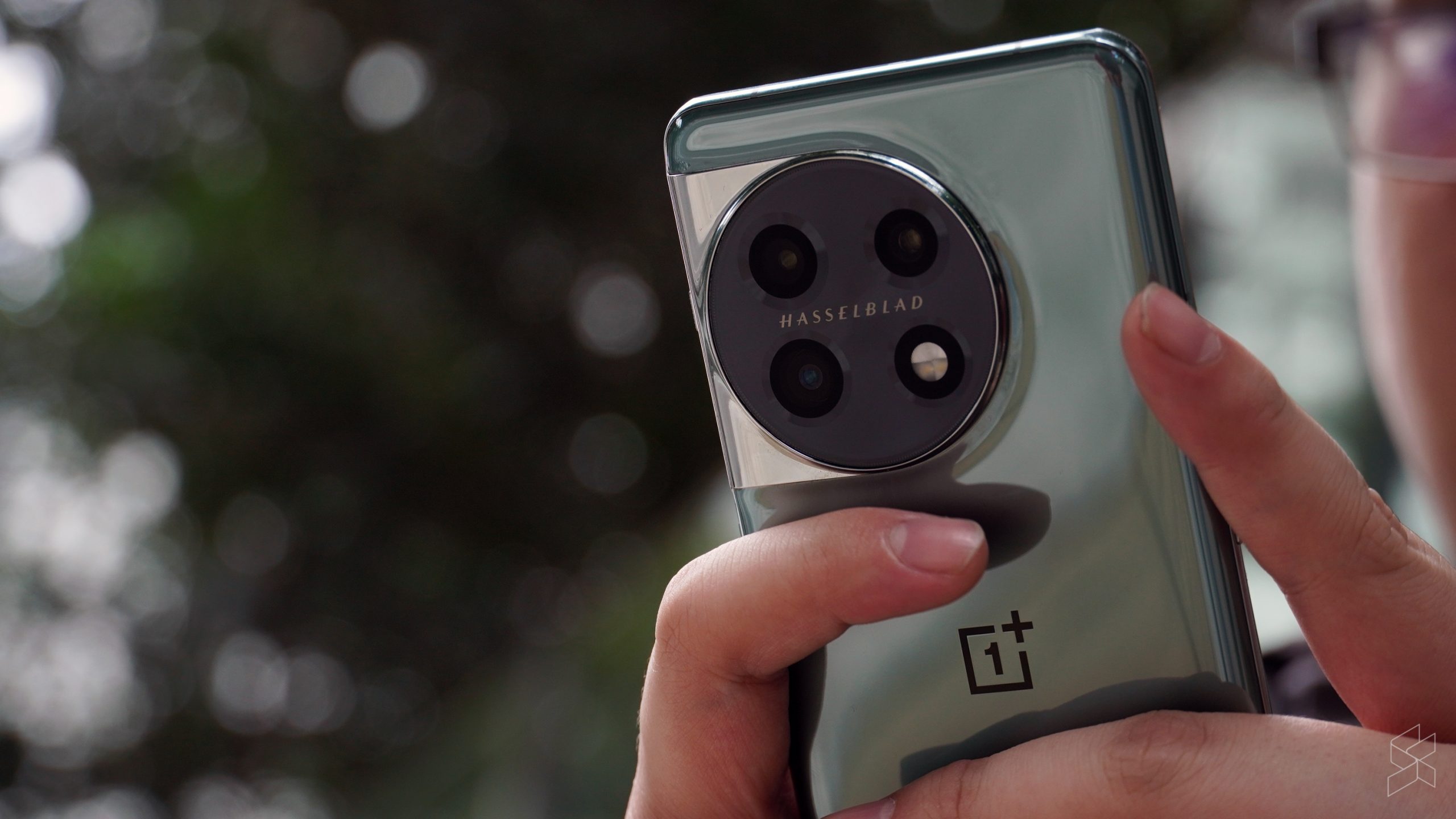
Why is the camera bump a circle inside another 10 Pro-style camera bump with the sweeping edge and chrome finish?
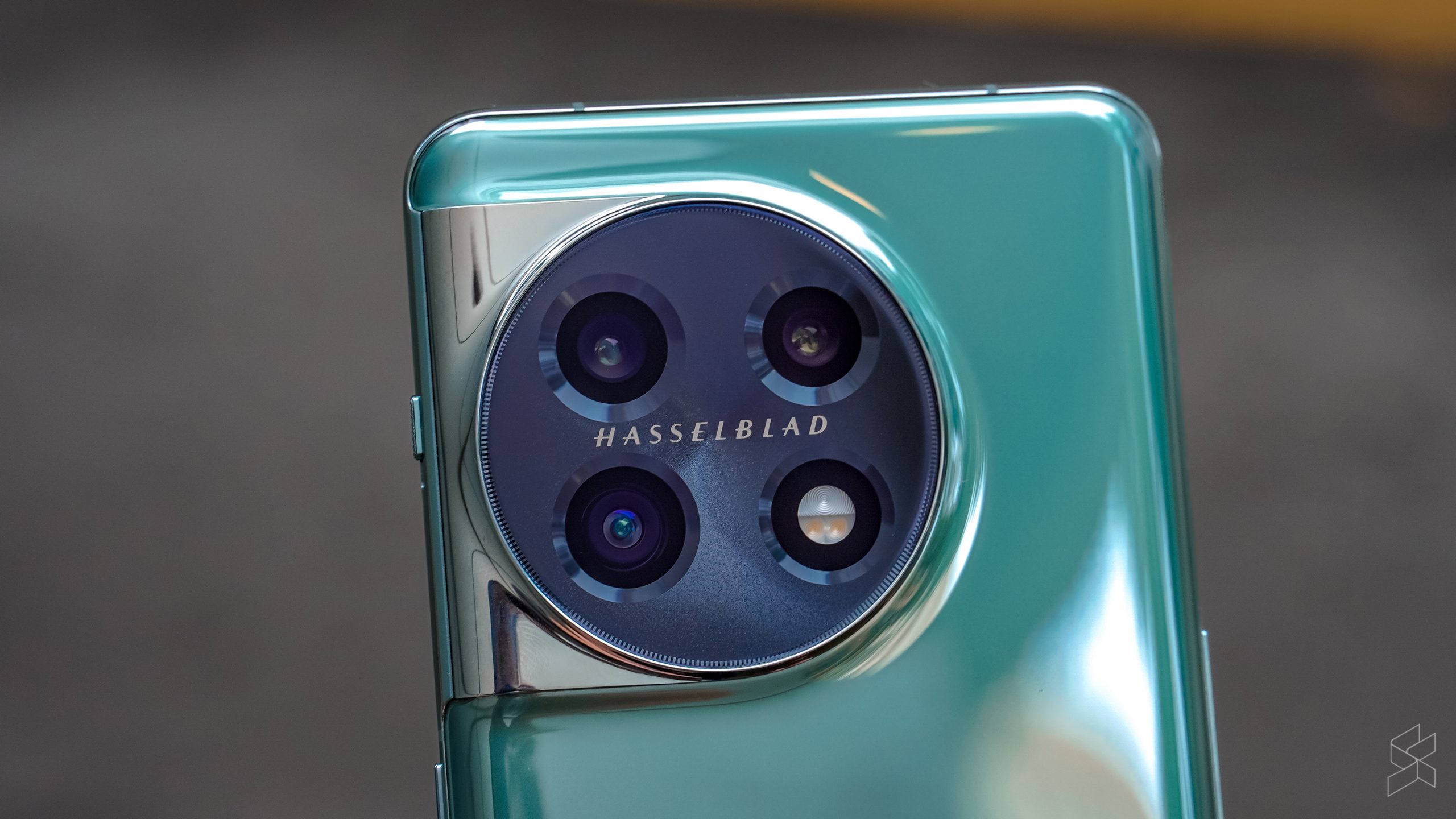
Why is there a glittery finish over the circular camera bump that makes it look almost oily and greasy?
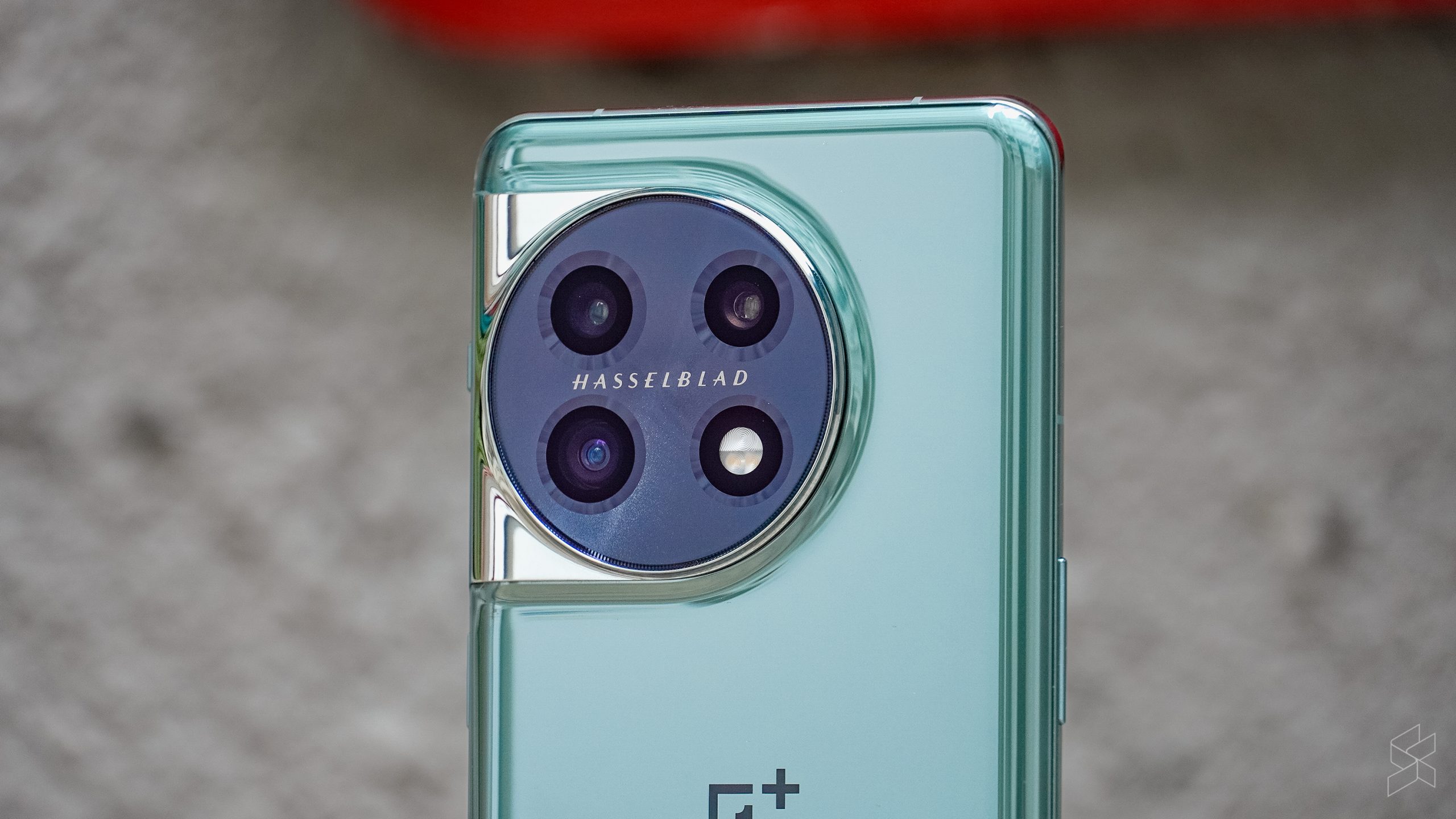
And that glass back might look somewhat pretty out of the box, but use it for just two seconds and it becomes a slippery fingerprint magnet waiting to drop on the floor.
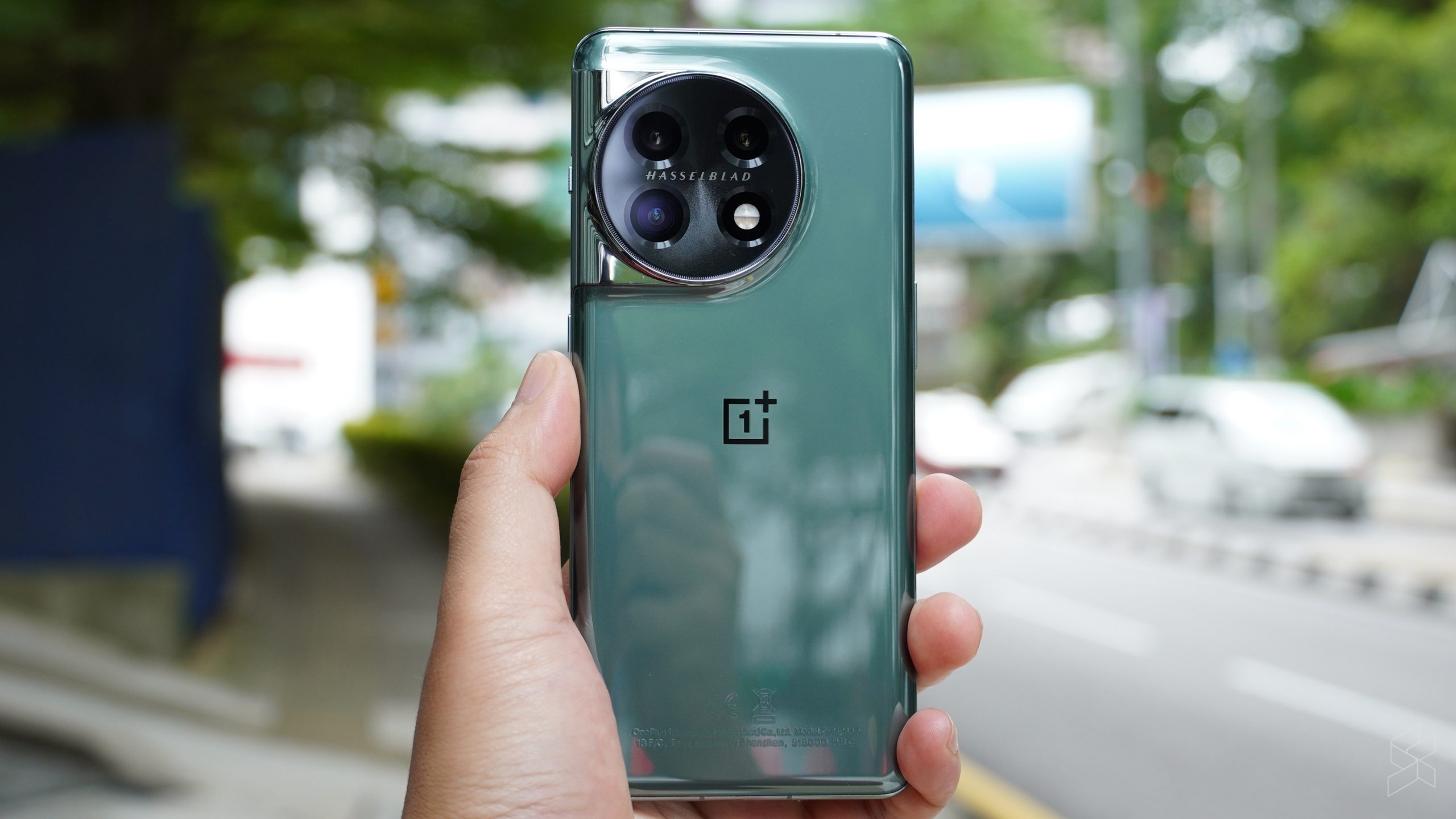
In case you can’t tell by now, I am not a fan of how the OnePlus 11 looks, not one bit. It’s so gaudy in so many different ways it’s almost impressive. That’s just my opinion of course as I prefer the sleeker designs of phones such as the Google Pixel 7 Pro and the Samsung Galaxy S23 Ultra. Indeed, in the SoyaCincau office at least there were a few who somewhat appreciated the design. However to me, the OnePlus 11 really has a look that only its mother could love.
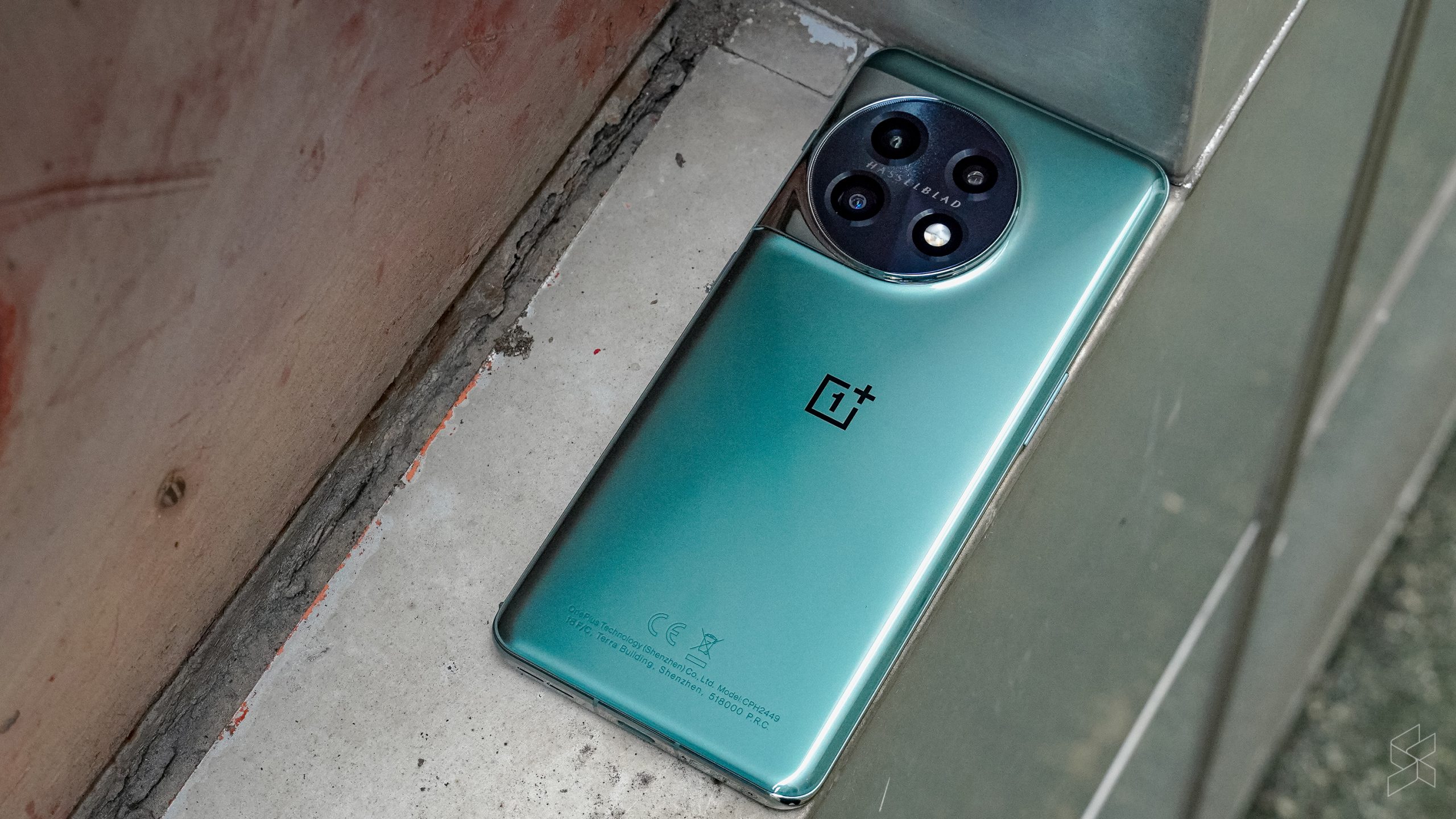
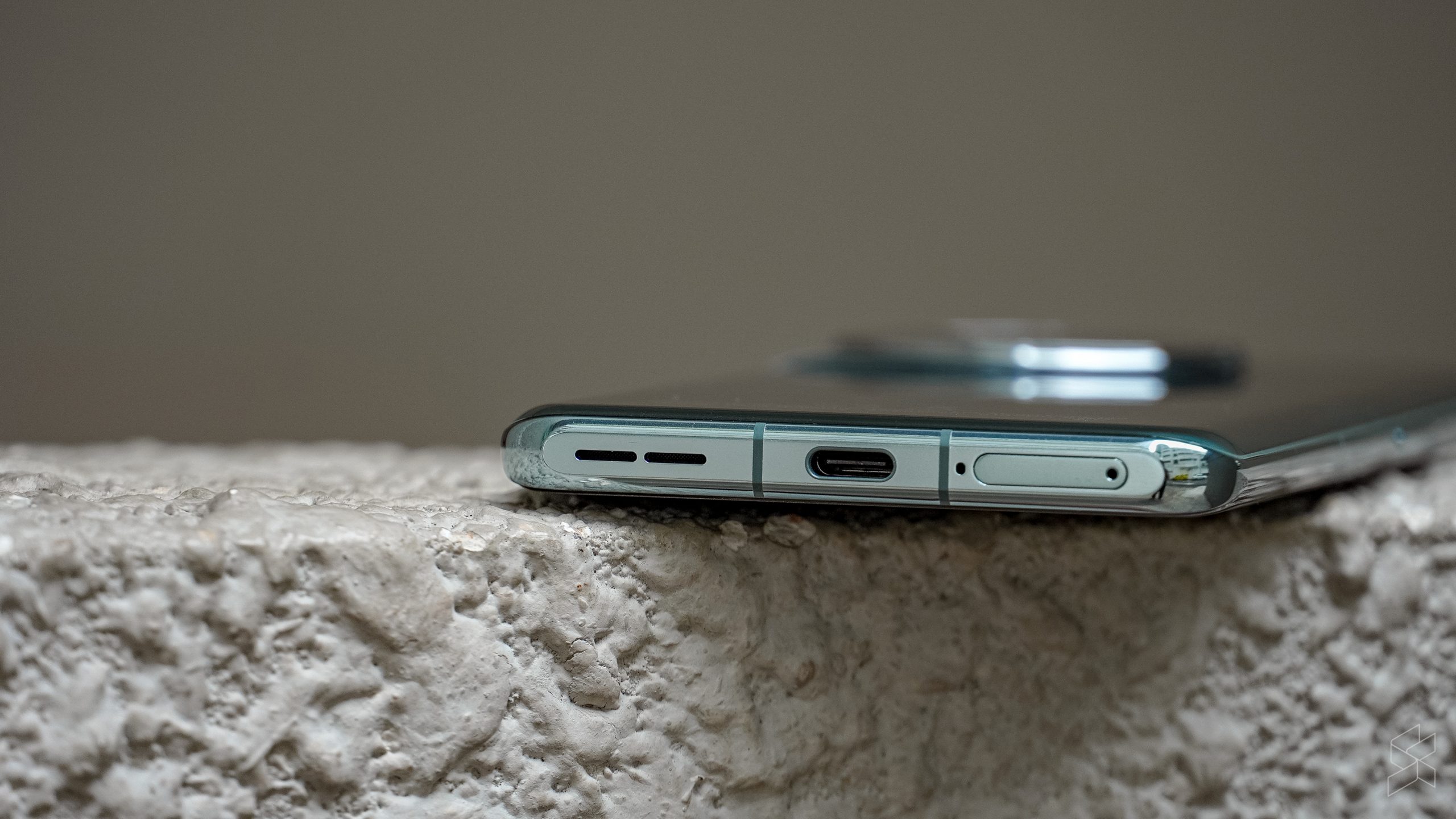
At the very least, the alert slider is back, offering an easy way to switch between silent, vibrate and ring profiles.
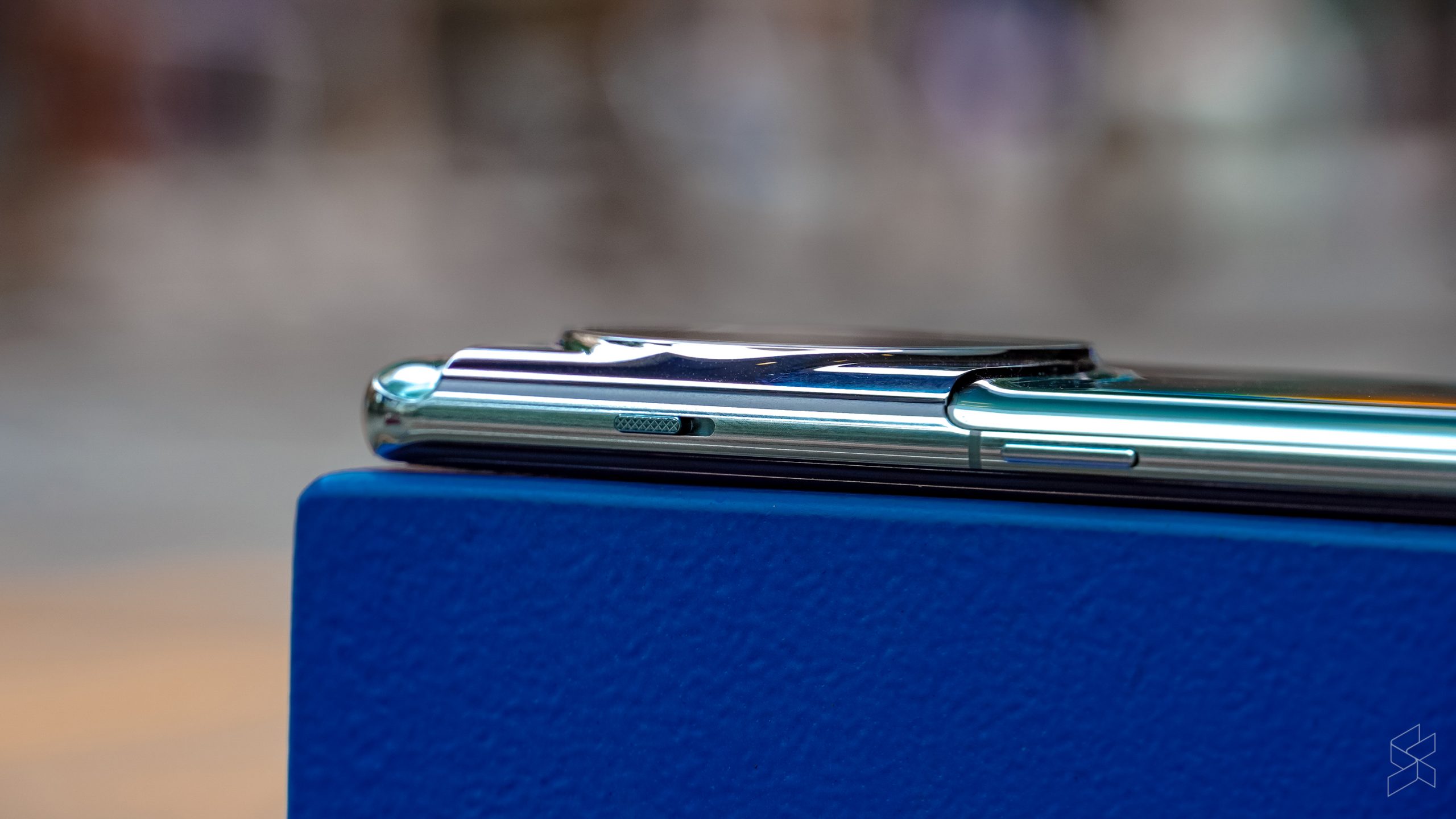
Solid display with one key weakness
If I were to ignore the back of the OnePlus 11, the front of the device is actually pretty decent. There’s a 6.7-inch, curved AMOLED display pushing a maximum resolution of 3216 x 1440p, with a peak brightness of 1,300nits and LTPO 3.0 technology that allows an adaptive refresh rate between 1 to 120Hz. You also get a layer of Corning Gorilla Glass Victus over it for scratch resistance, something that was on the OnePlus 10 Pro but not the OnePlus 10T, which had used the older Gorilla Glass 5 instead.
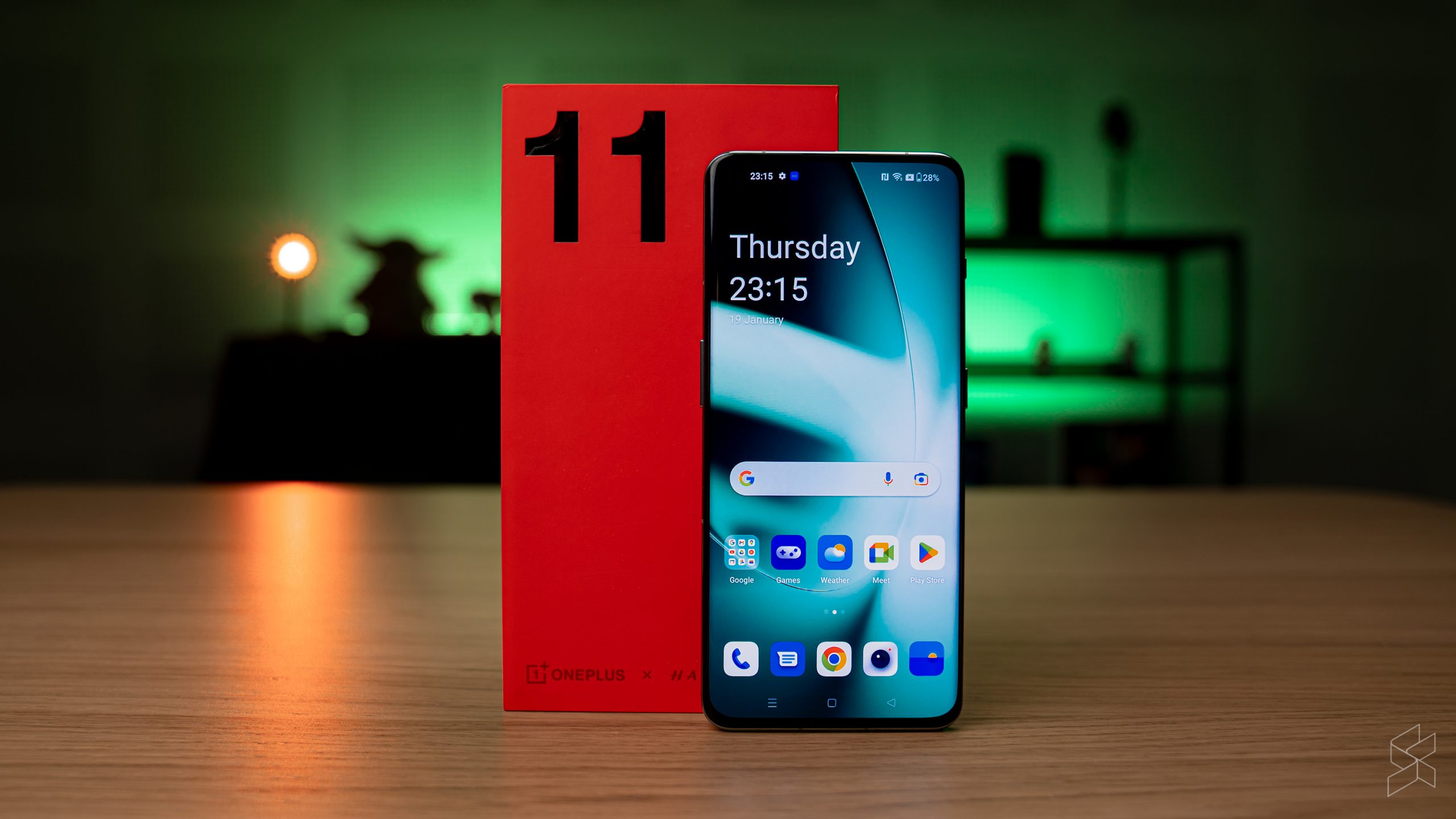
For the most part, that display is actually really good. Everything was nice and sharp, and I found watching content on YouTube and Netflix pretty enjoyable. It also gets pretty bright when needed, and gaming on the large screen was quite fun too. Similarly, the stereo speakers on the OnePlus 11 are fairly solid and get loud enough to fill up a small room no problem.
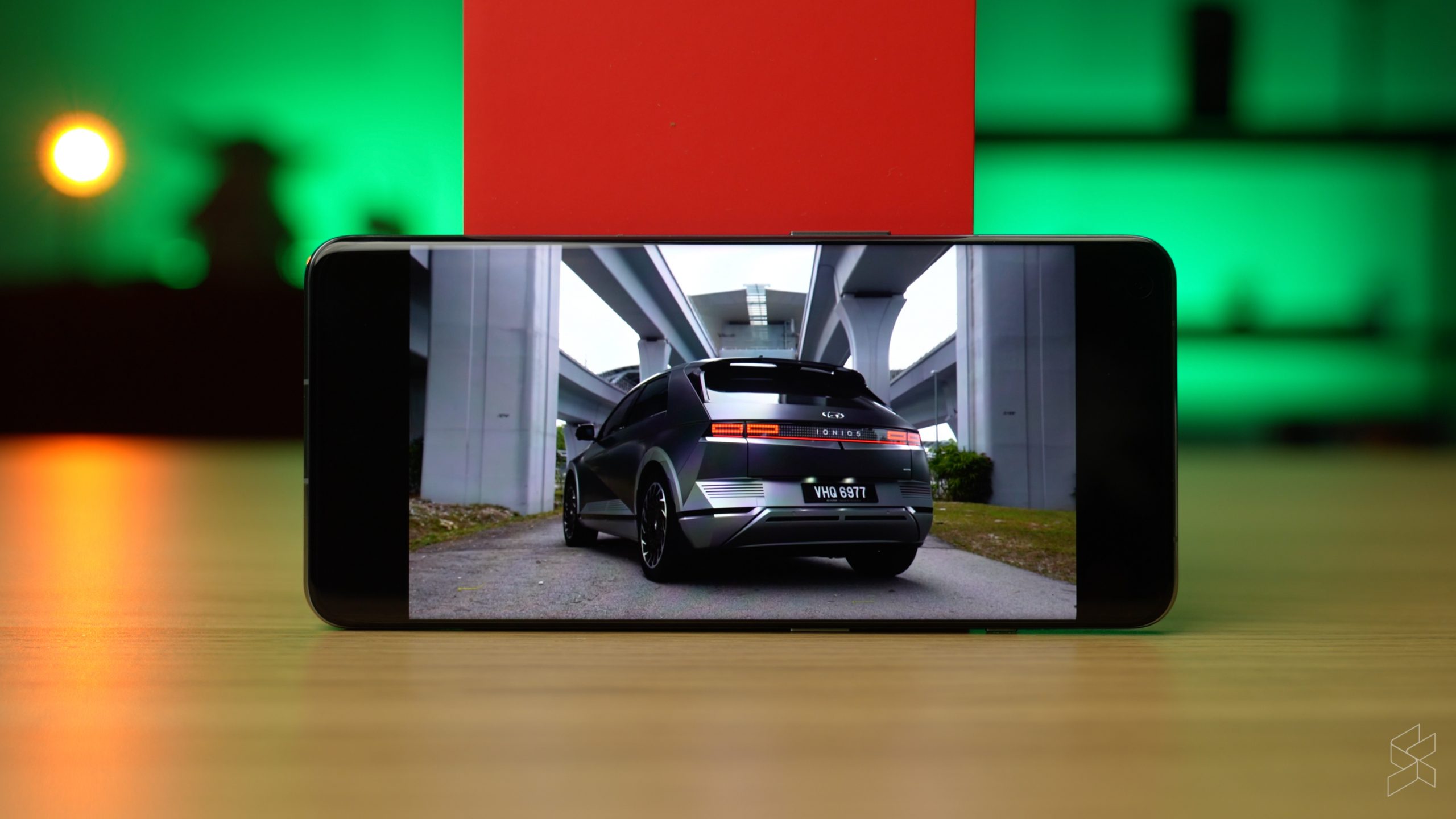
I do have one nitpick though: those curved edges. Simply put, the OnePlus 11 appears to have some rather bad edge detection. Whenever I held it in landscape mode, it was merely a matter of time before I would accidentally trigger a touch on the edge of the screen. It became a common enough occurrence that it actually got quite annoying. All I wanted was to watch my YouTube in peace without it pausing, or just play some games without accidentally hitting a button. Maybe OnePlus can patch it out in an update later down the road, but you should take note about it for the time being.
OxygenOS is not for me
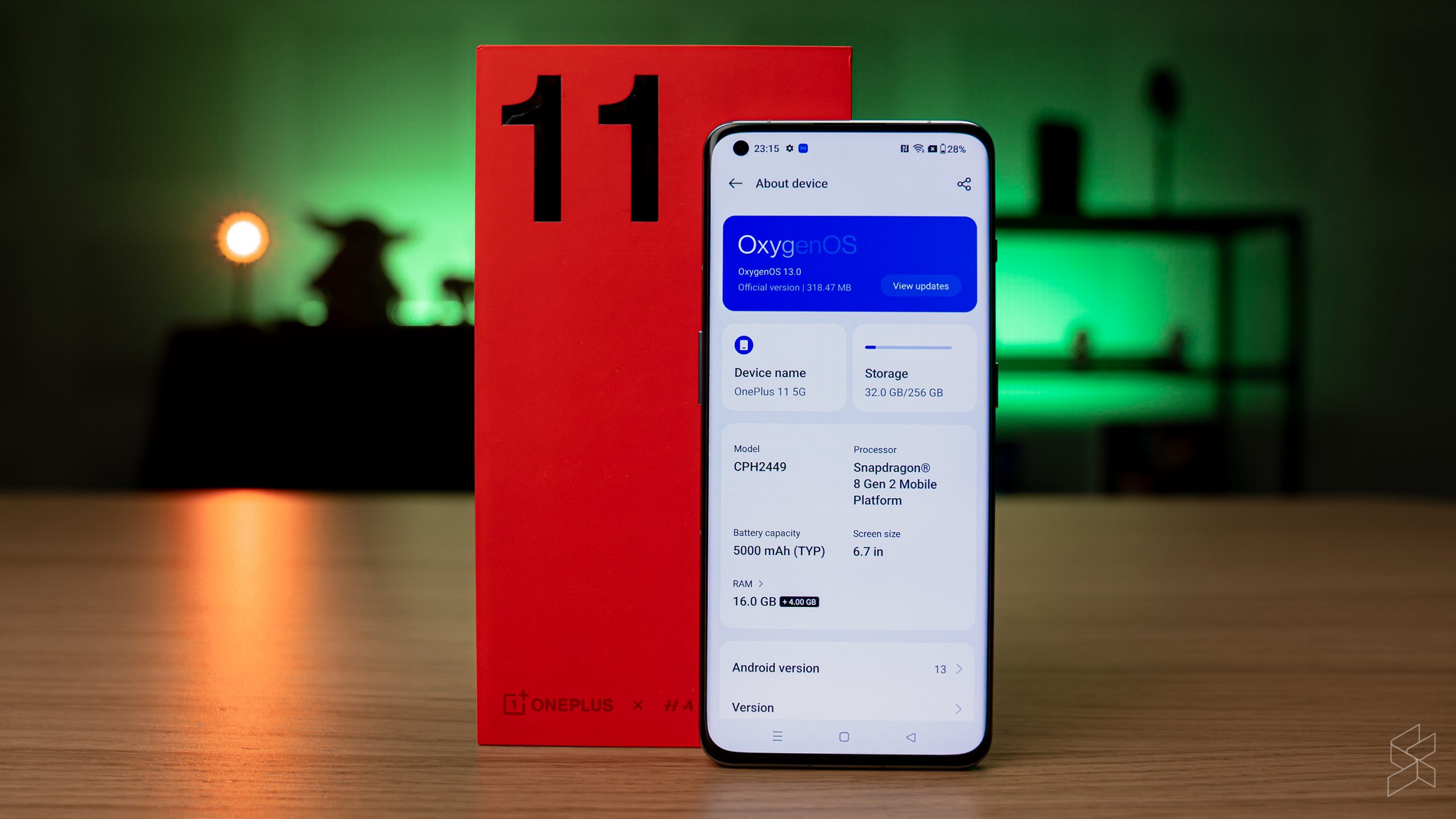
The OnePlus 11 packs the latest and greatest silicon under the hood, with a Qualcomm Snapdragon 8 Gen 2 paired with 16GB of LPDDR5X RAM and 256GB of UFS 3.0 storage on our model. This leads to mostly okay day-to-day performance, handling almost everything I threw at it—almost. In some games, I did notice the occasional stutter and frame drop, albeit on heavier, unoptimised titles such as Dota Underlords.
This was despite some rather solid benchmark scores though I would take those synthetic scores with a pinch of salt. OnePlus has a history of “cheating” in benchmarking tools, with the OnePlus 5 and OnePlus 9 for example being called out for alleged cheating in benchmarks. OnePlus has on record said that this was due to optimisations made for improved battery life in regular use cases. In any case, I can’t say for certain that it is happening on the OnePlus 11 anyway.
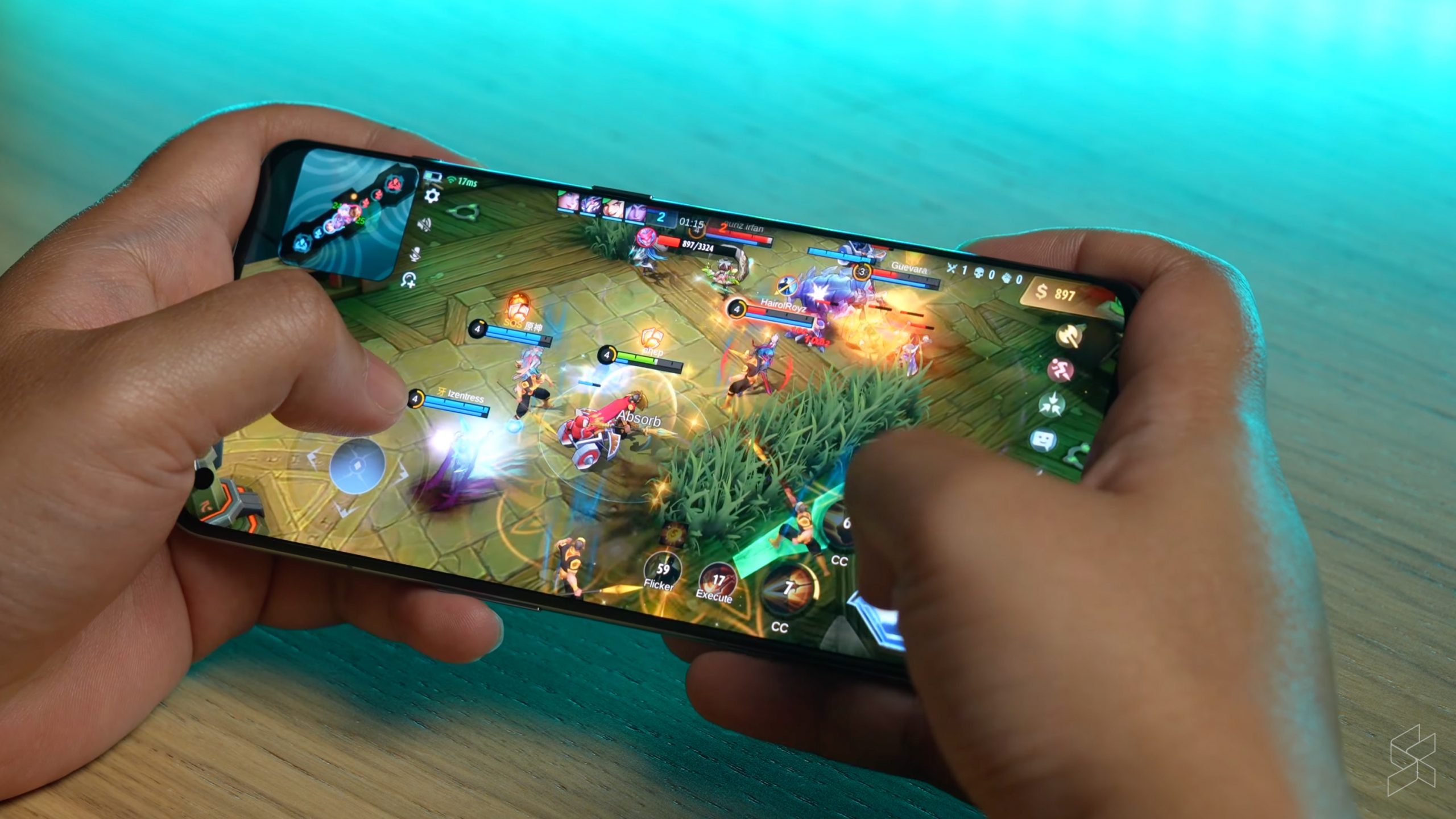

I will say though that I’m not exactly a huge fan of OxygenOS 13. Maybe it’s because I’m more of a MIUI guy, but OxygenOS—or basically ColorOS if you’re a cynic—didn’t come across as particularly user friendly nor was it very appealing to the eyes. System animations were also rather bland and I didn’t really find a use for the extra features like Shelf either. Overall, I found it to be just another skin of Android. But that’s the great thing about Android; if you don’t like the default skin you can always throw another theme over it.
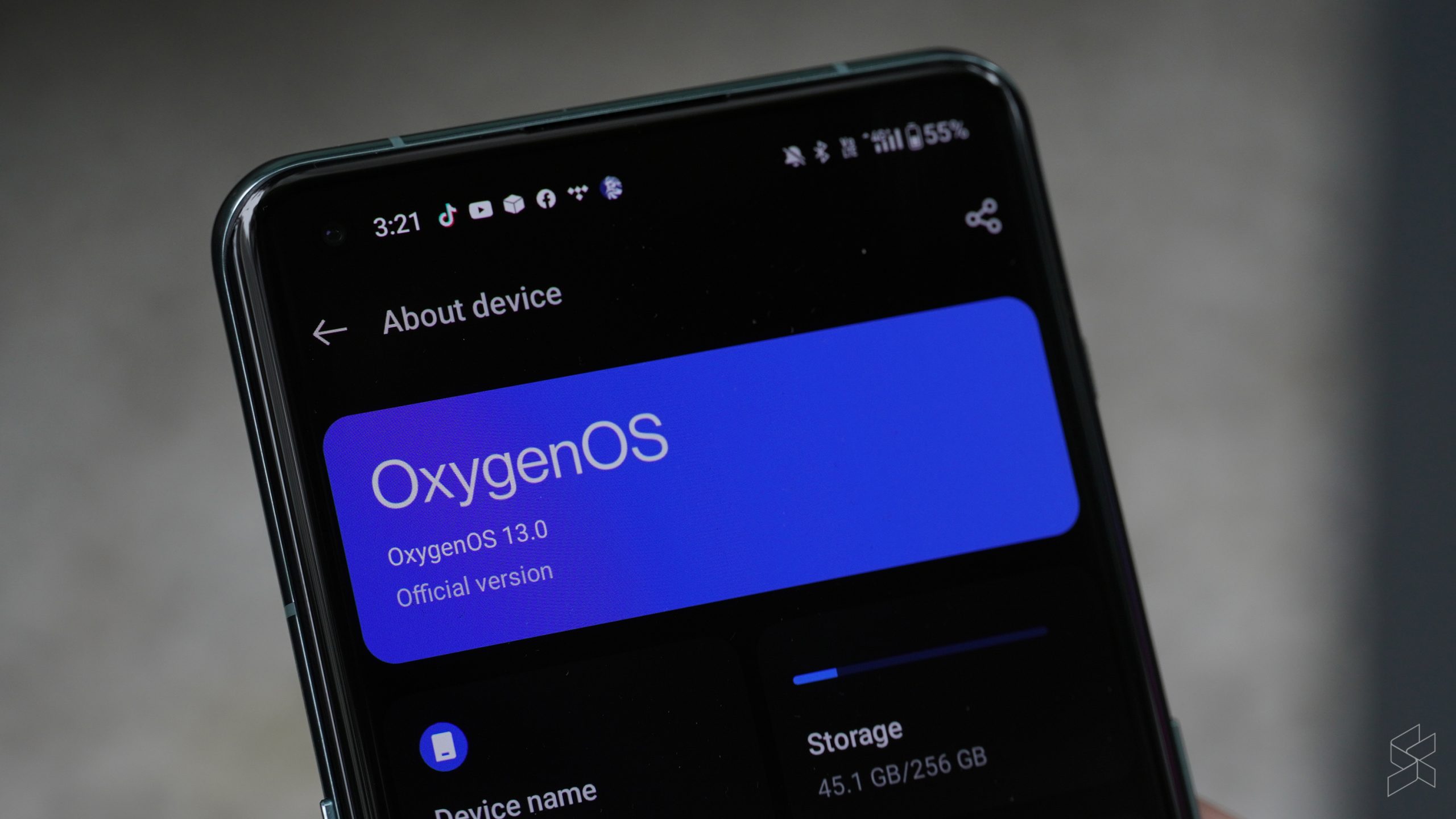
It’s also rather… buggy. On top of that poor edge detection and occasional stuttering in games, I found that there appears to be some screen tearing on the OnePlus 11 every now and then, where scrolling around just wasn’t smooth; it was especially noticeable when reading text. There were sporadic lockups too where the screen wouldn’t rotate properly even though auto-rotate was on.
On the bright side, OnePlus has confirmed that it will be getting four years of OxygenOS upgrades and five years of security updates, making it on par with the likes of Samsung and Google when it comes to software support.
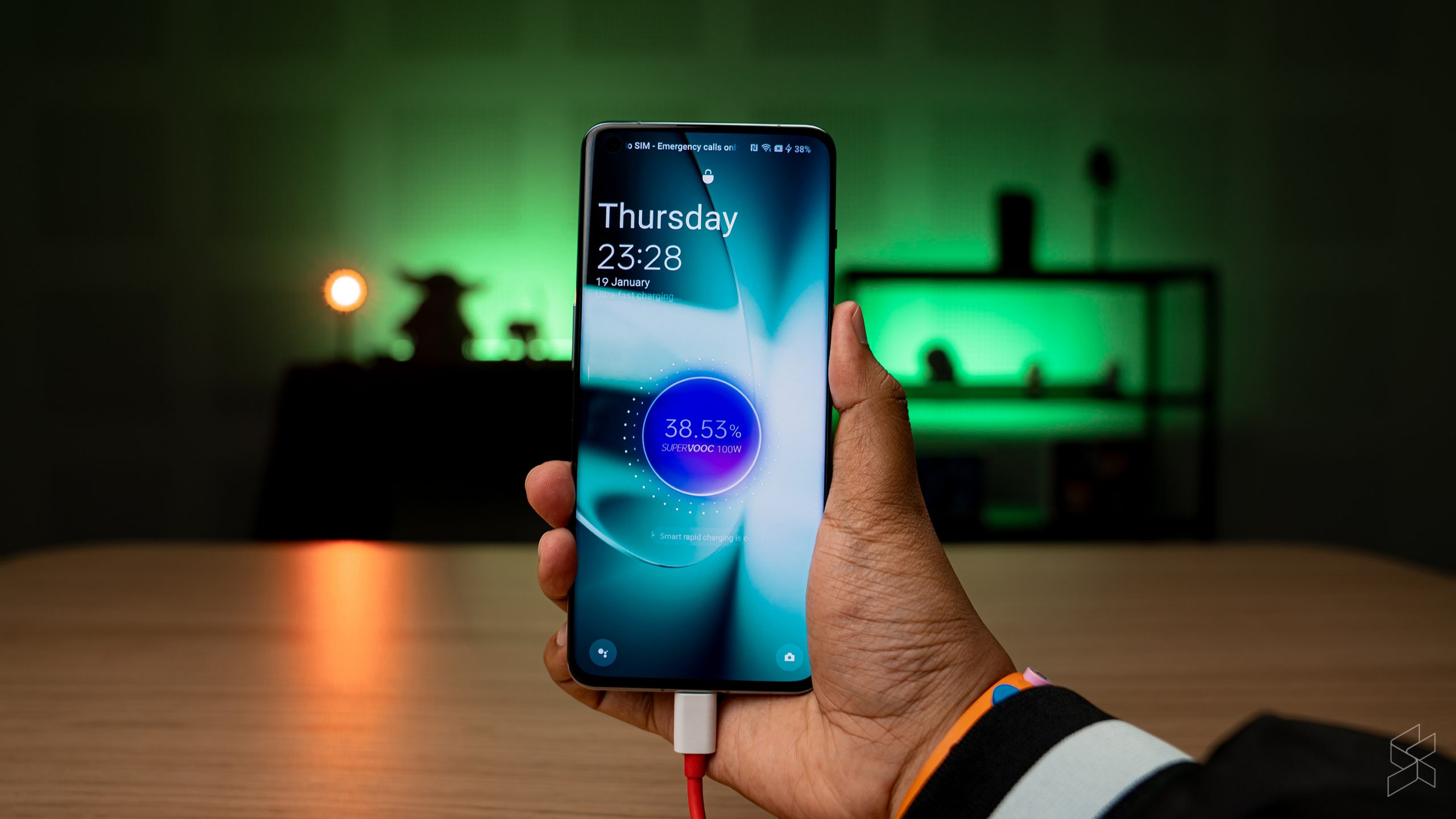
Battery life meanwhile is decent enough. There’s a 5,000mAh battery here that can get me through a full day with no problem whatsoever; this was with screen brightness usually up to two thirds up, while running my usual suite of apps such as texting, social media, video and games. I’d then end up with about 30% of battery left by the time I go to bed. The OnePlus 11 does charge fast though, with a 100W SuperVOOC charger in the box, though not as fast as the insane 150W on the OnePlus 10T.
Is this the best Hasselblad has to offer?
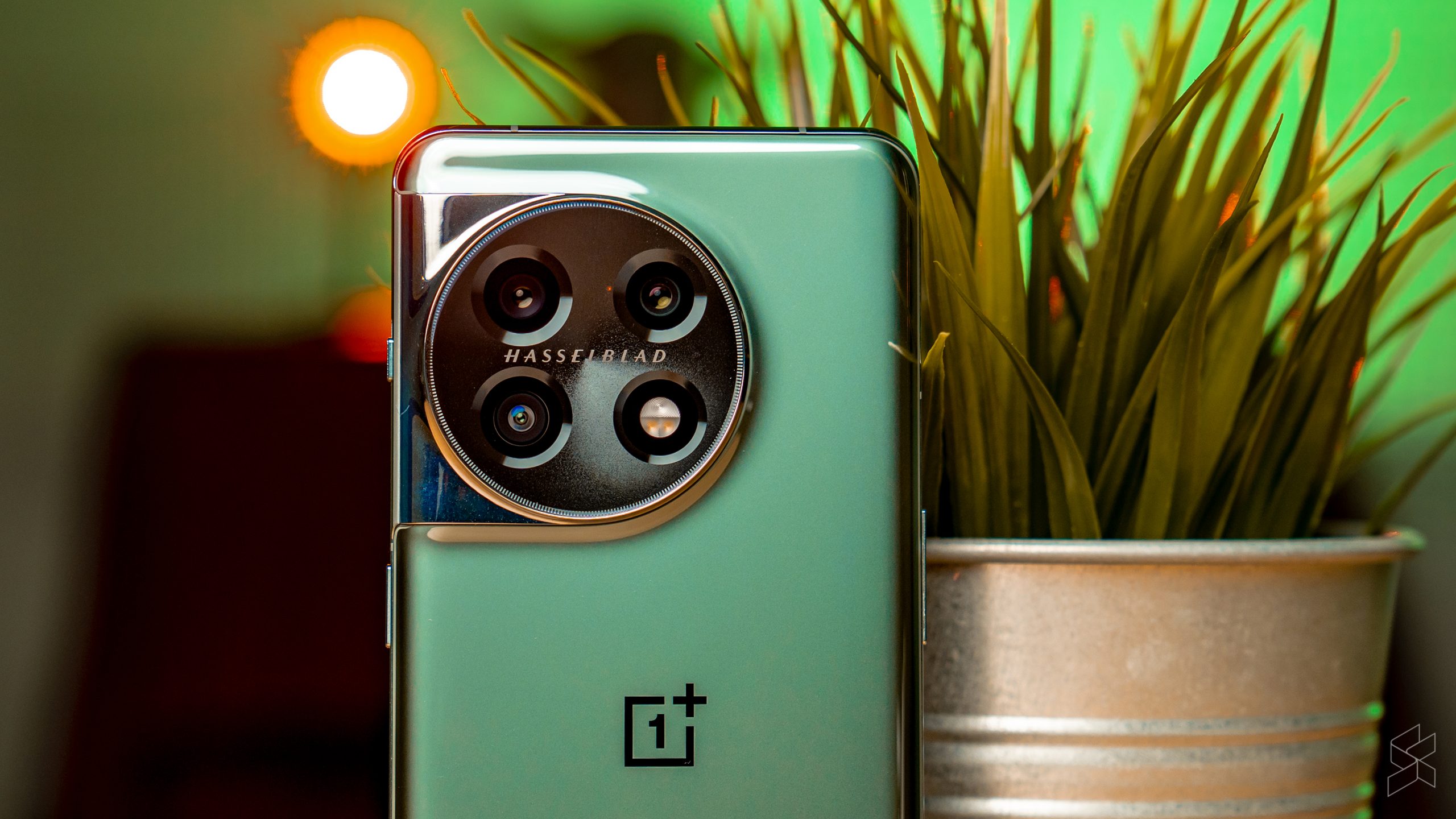
So finally, we come to the cameras. Unlike the OnePlus 10T, the OnePlus 11 brings back that Hasselblad branding, and with it supposedly some brilliant photography capabilities accented by the classic Hasselblad colours along with a Hasselblad Portrait Mode. Hardware-wise, there’s a 50MP, f/1.8 main camera using the Sony IMX890 sensor, a 48MP, f/2.2 ultrawide camera using the Sony IMX581 sensor and a 32MP, f/2.0 2x telephoto shooter using a Sony IMX709 sensor, while up front you get a 16MP, f/2.4 selfie camera.


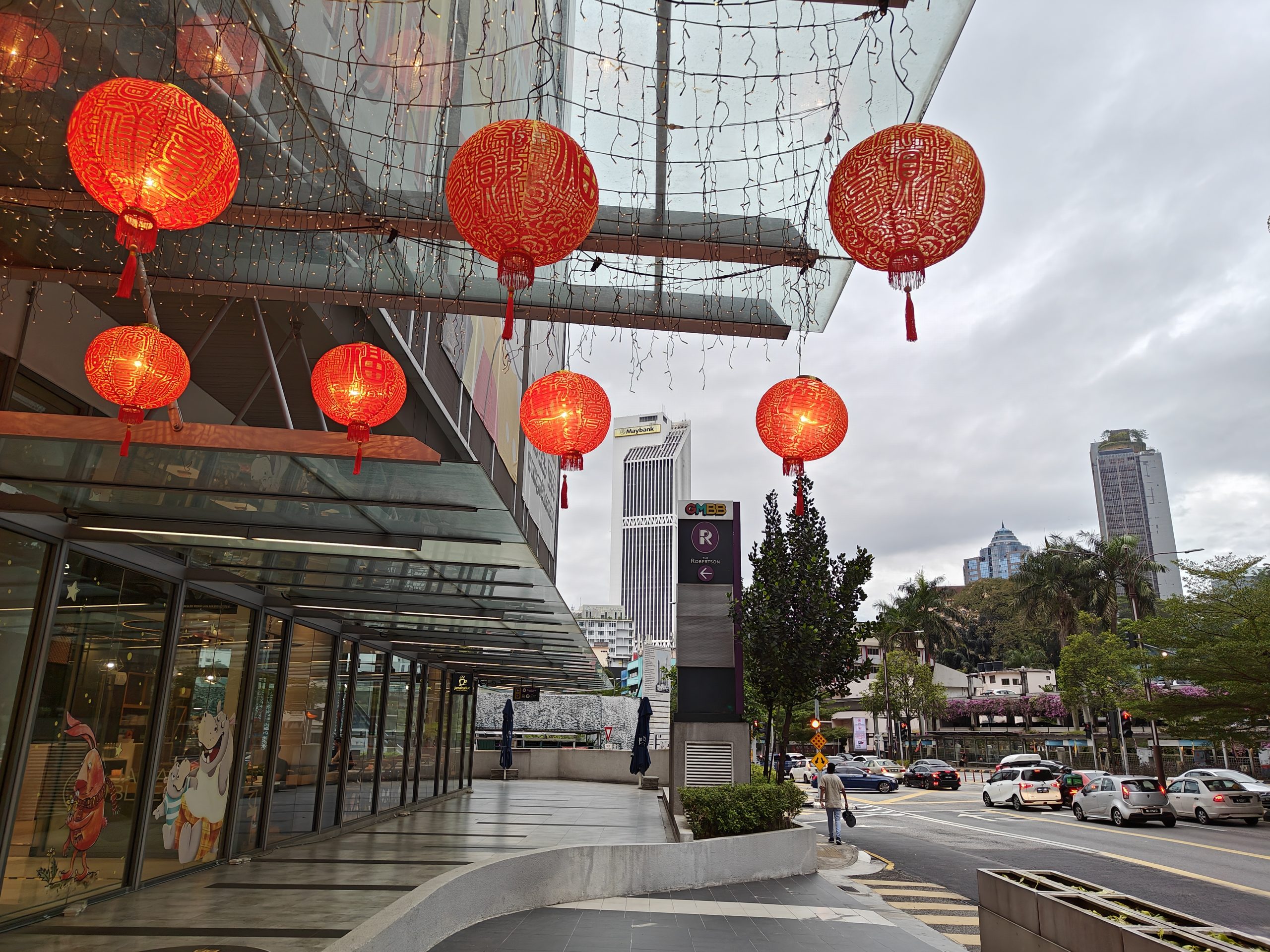
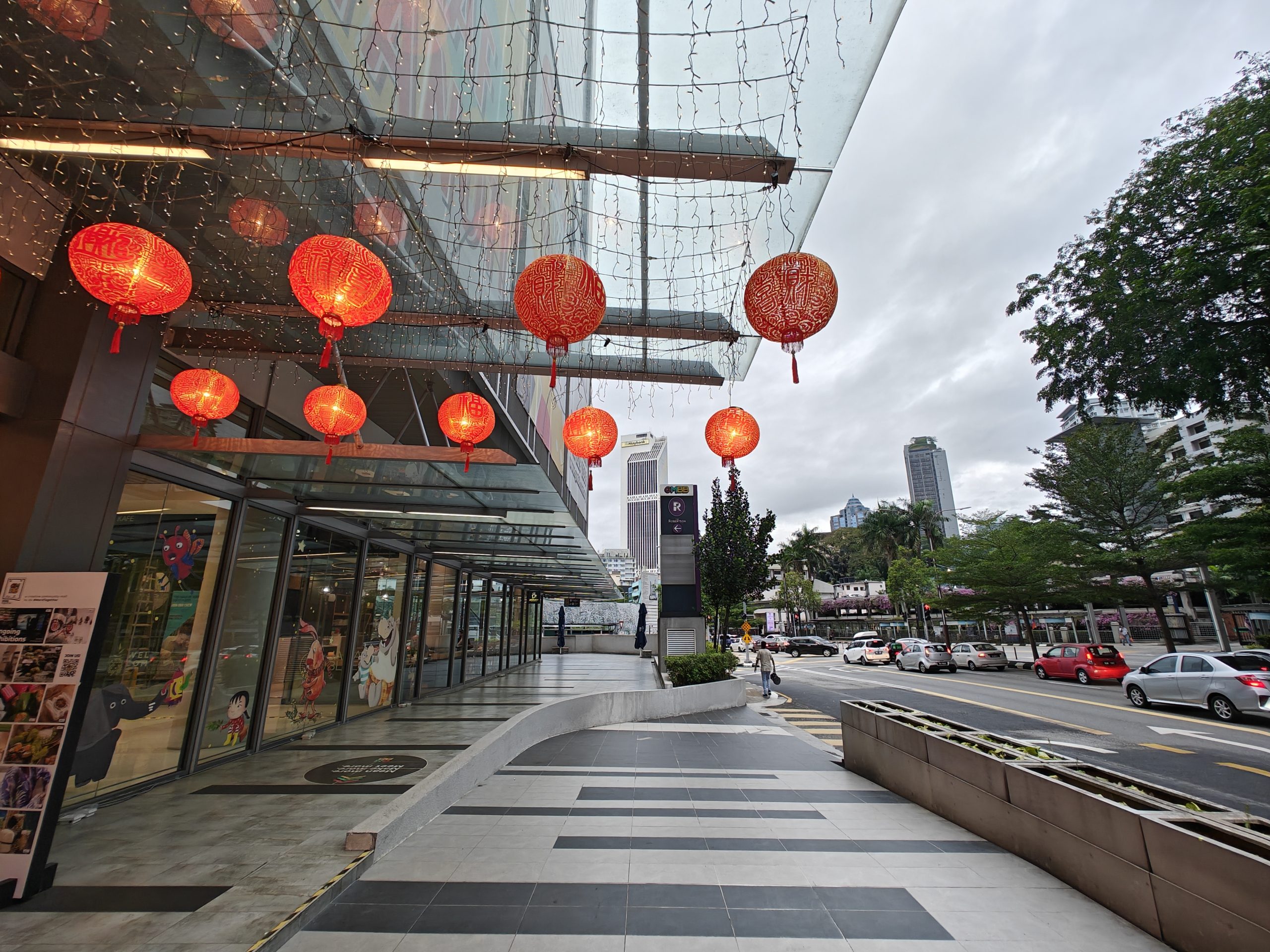

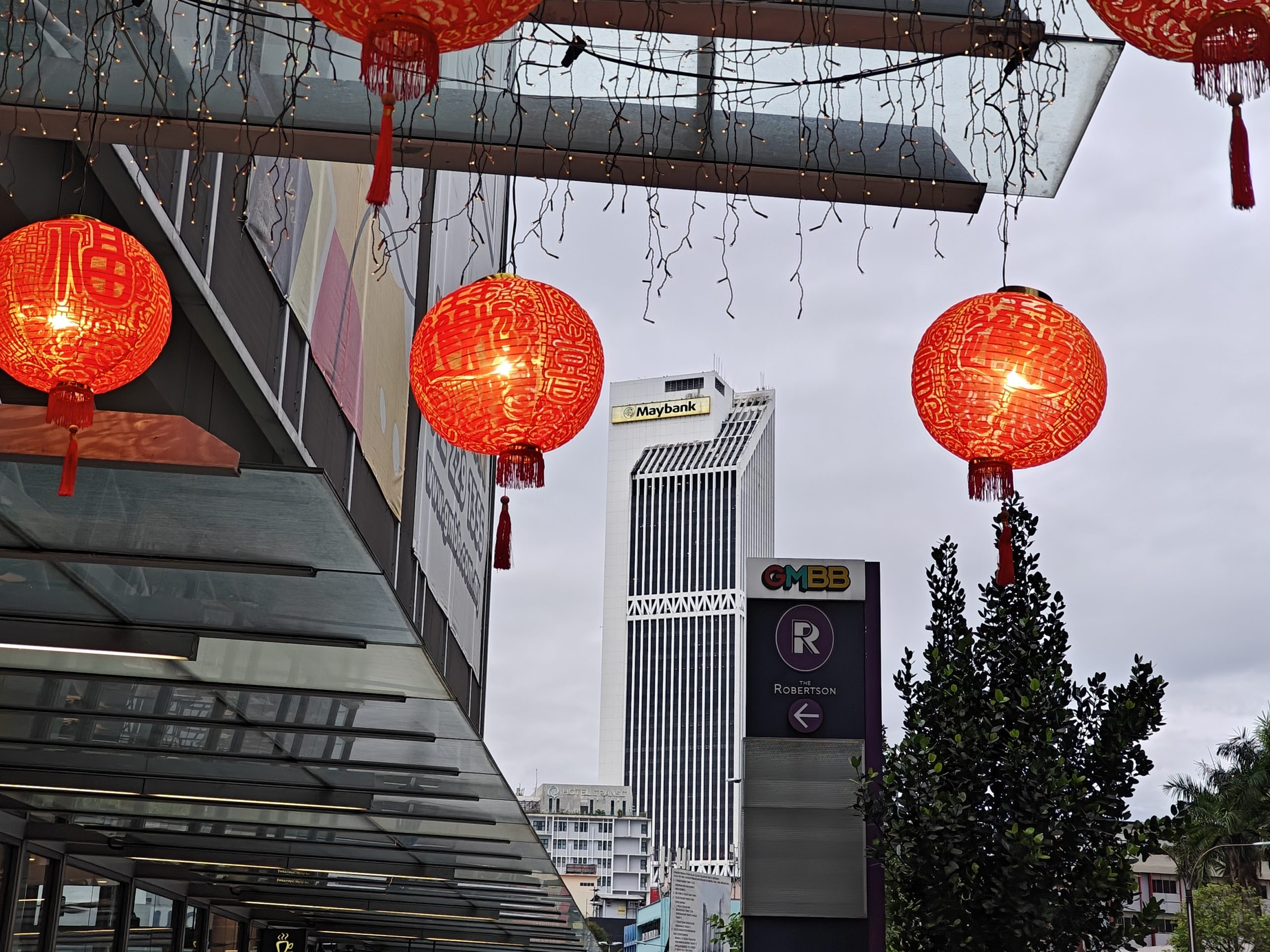

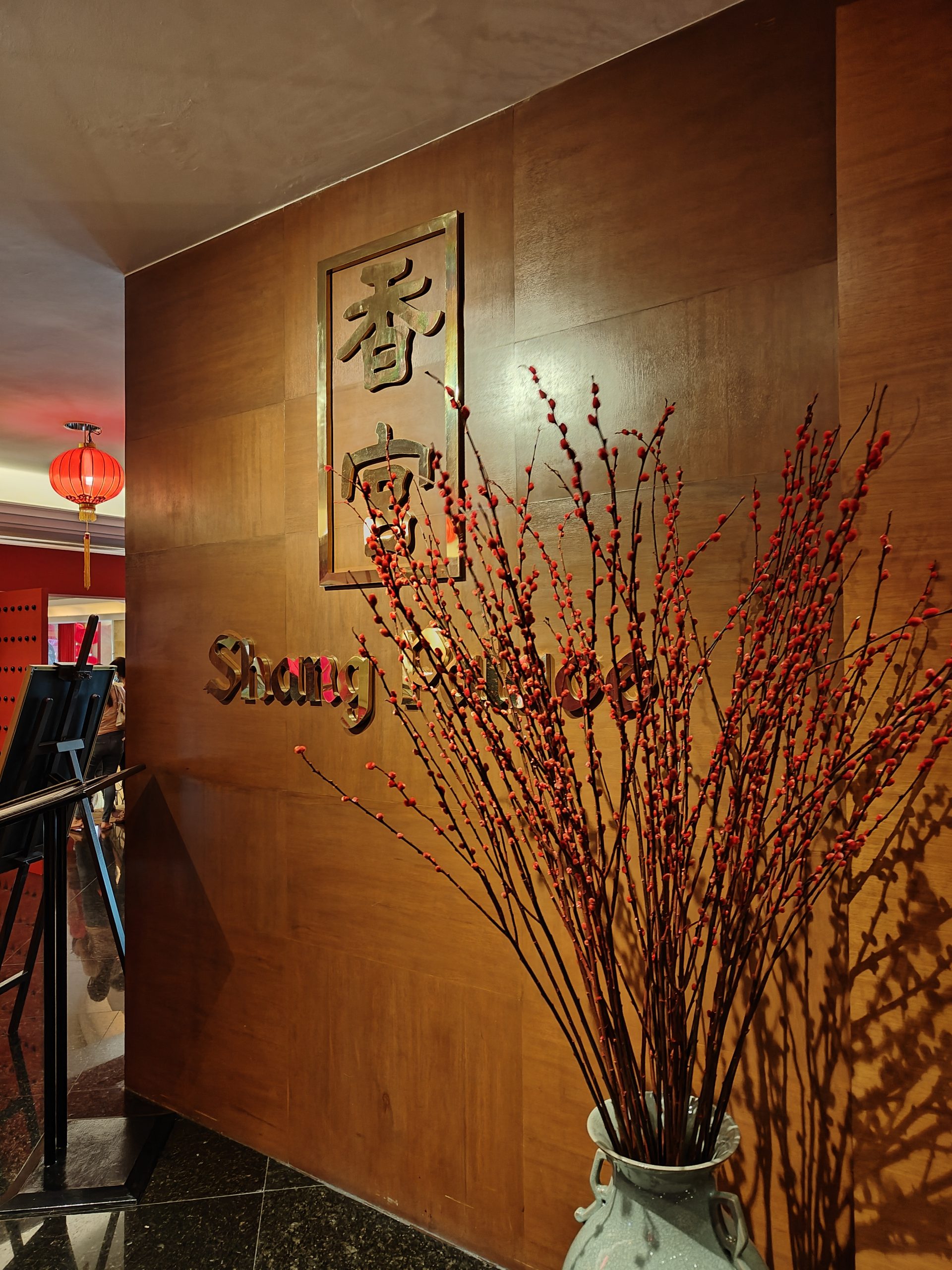
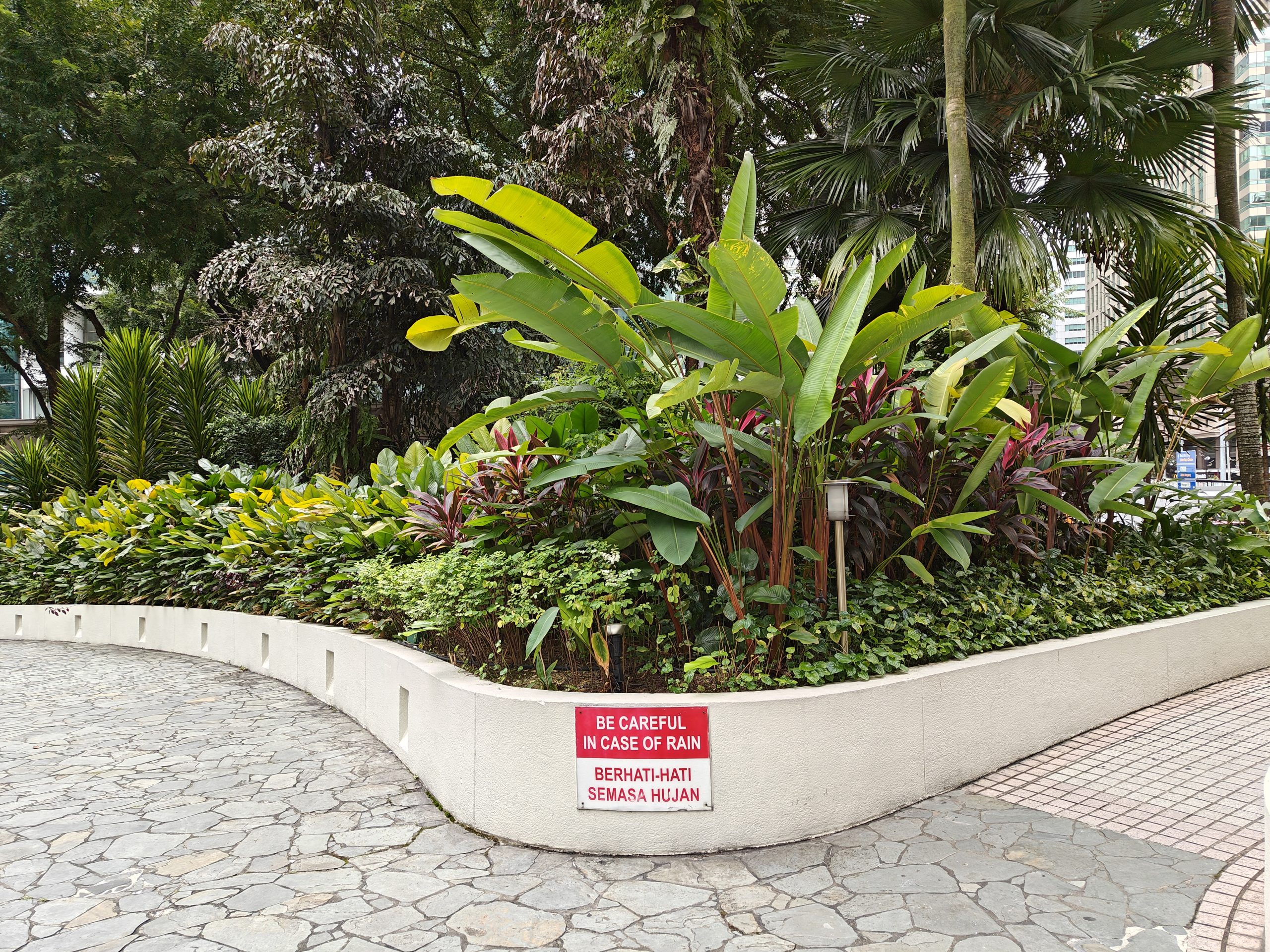
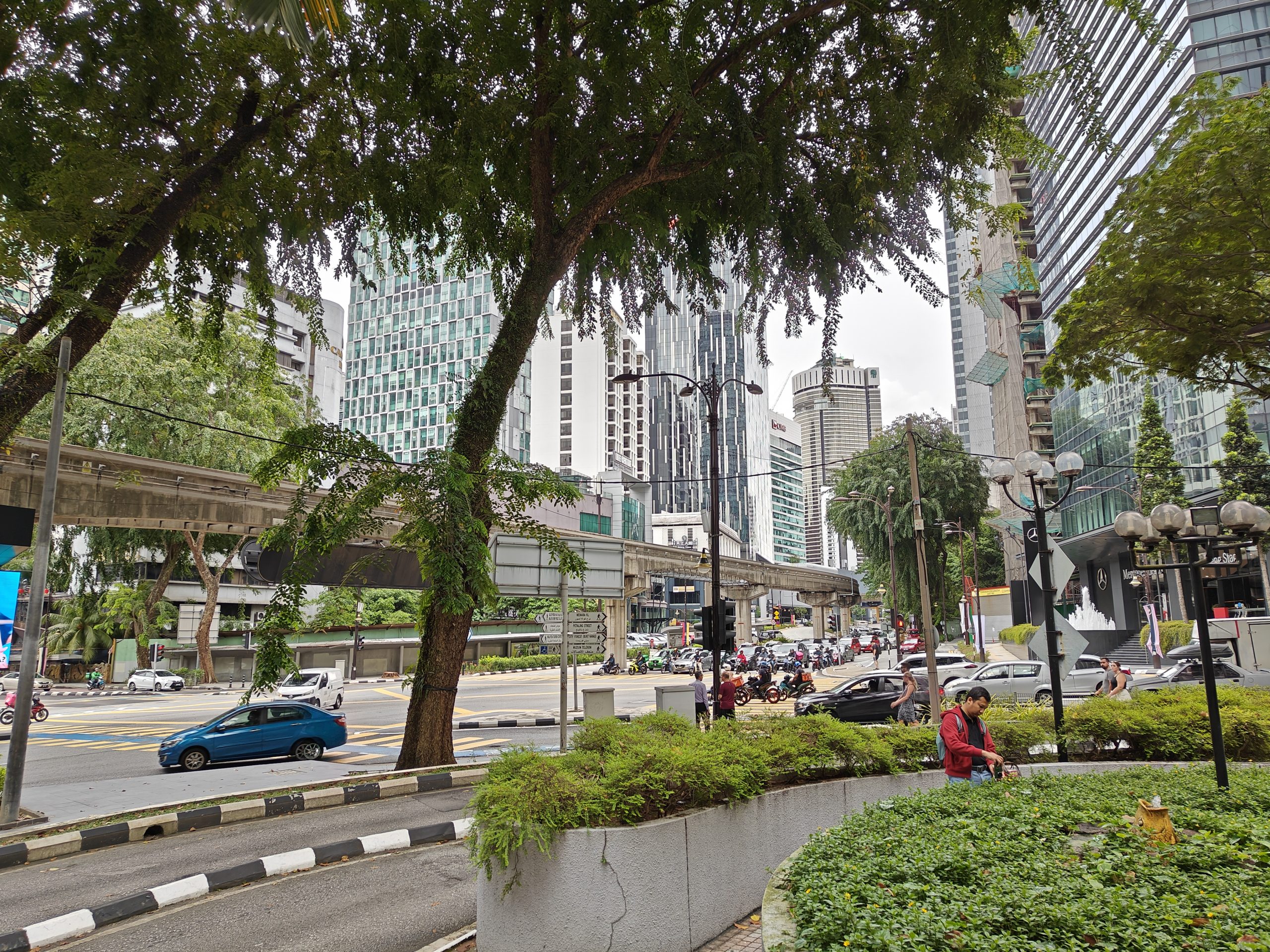
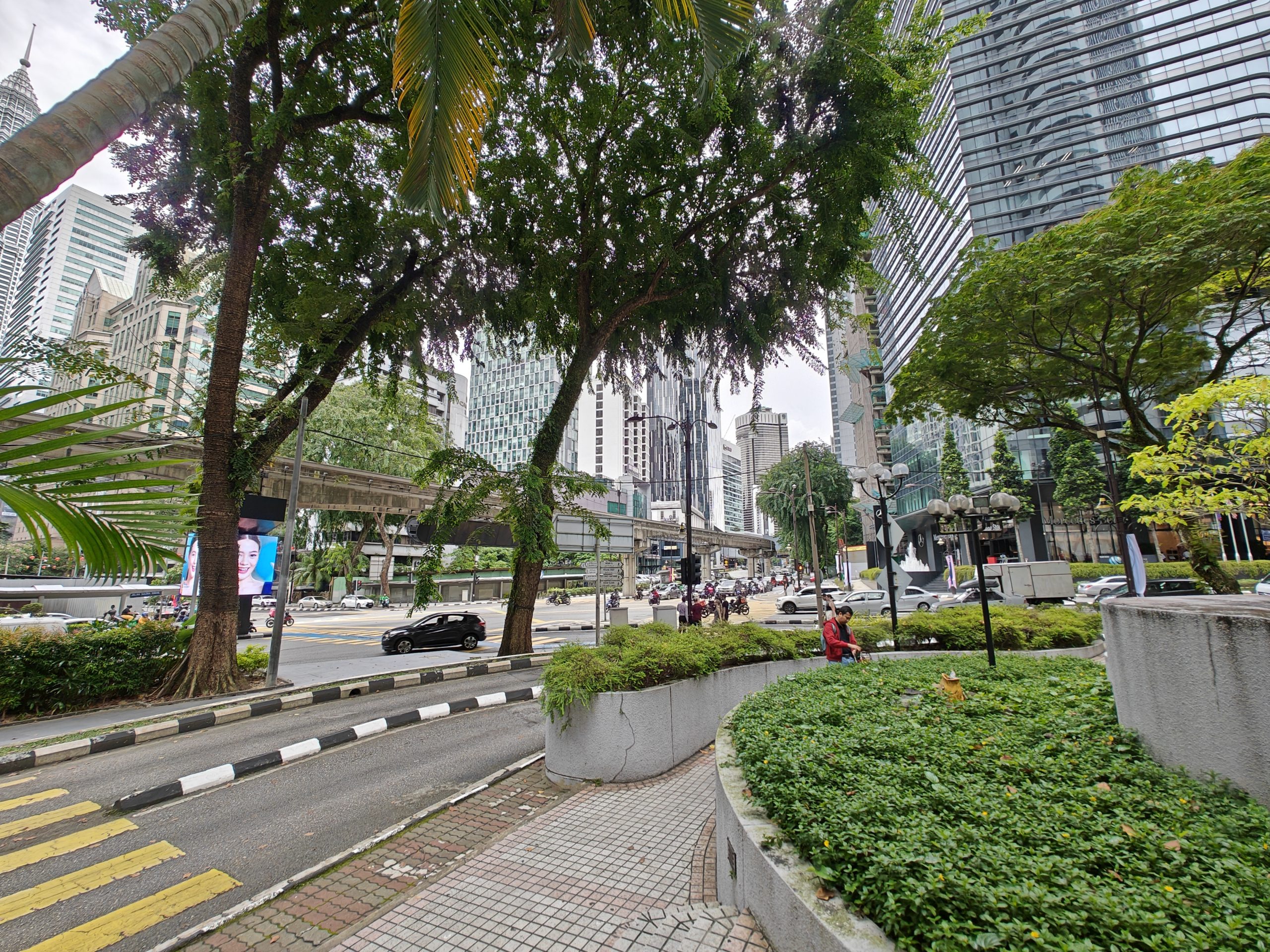
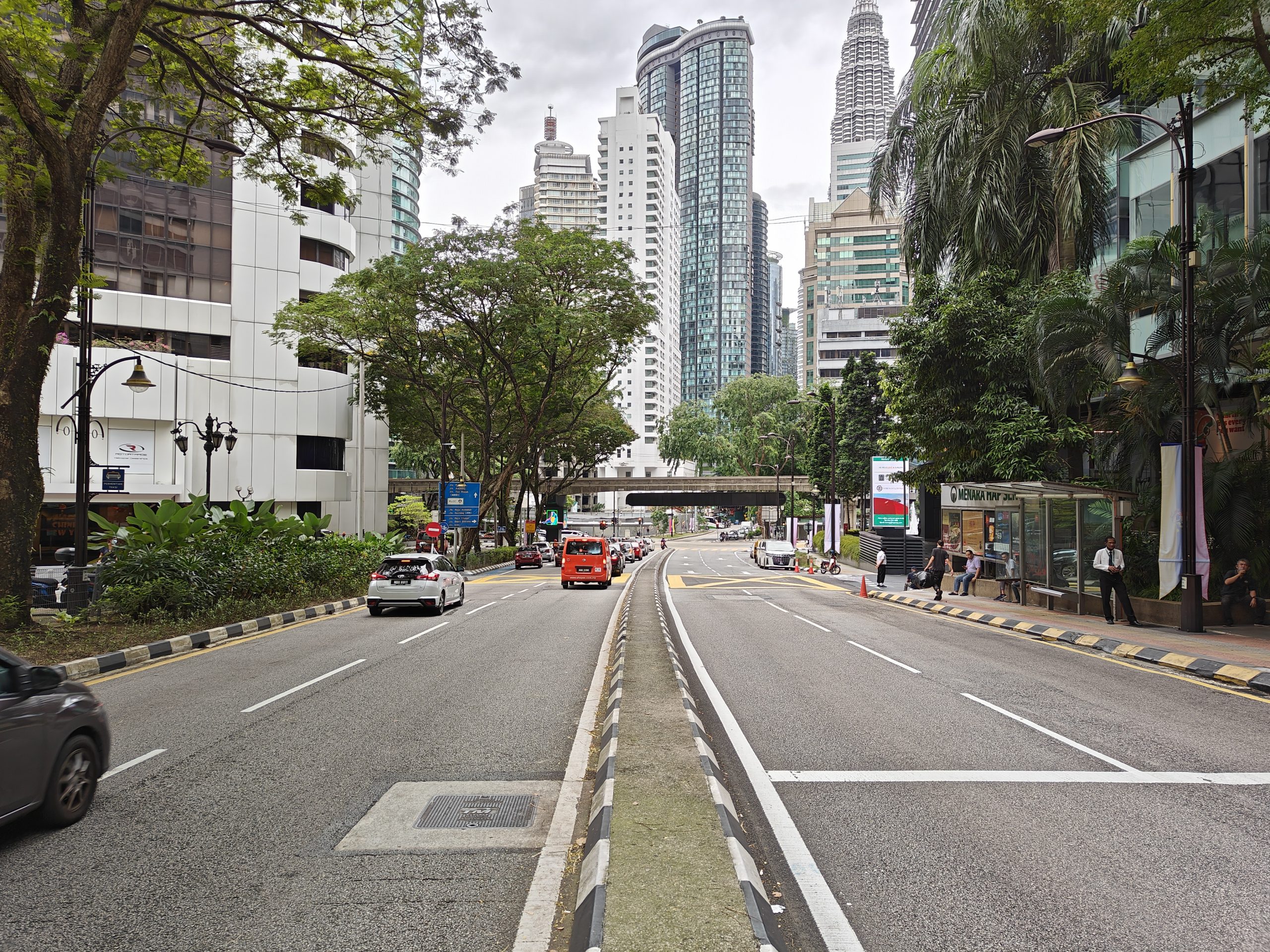


Overall, I have to say that the OnePlus 11 does a pretty decent job in this regard, if perhaps not good enough to live up to that Hasselblad branding. Just like they claim, photos come out with colours that are mostly true to life yet still vibrant and sharp. It’s in portrait mode though where the OnePlus 11 shines, with a very natural looking bokeh effect.
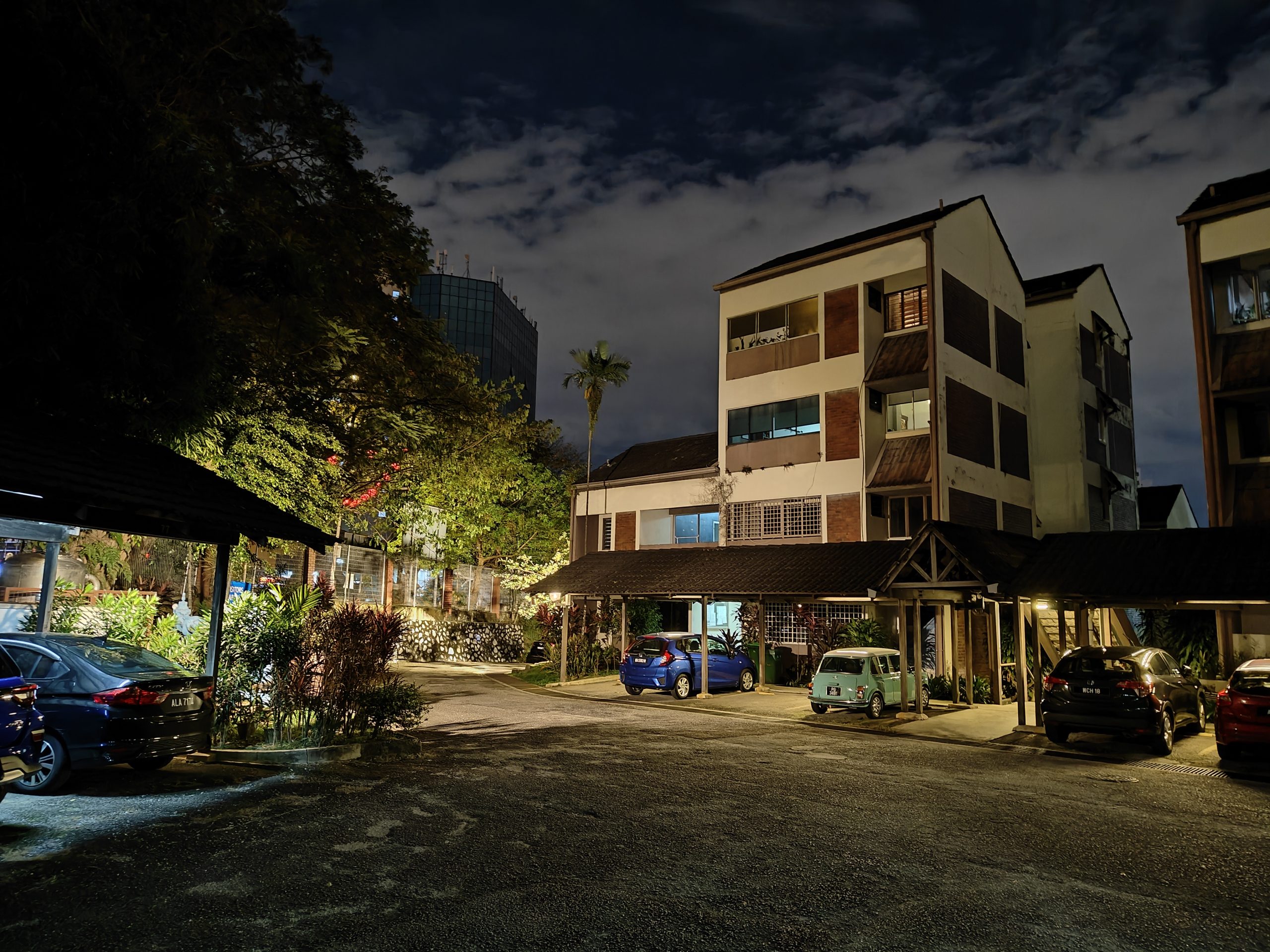

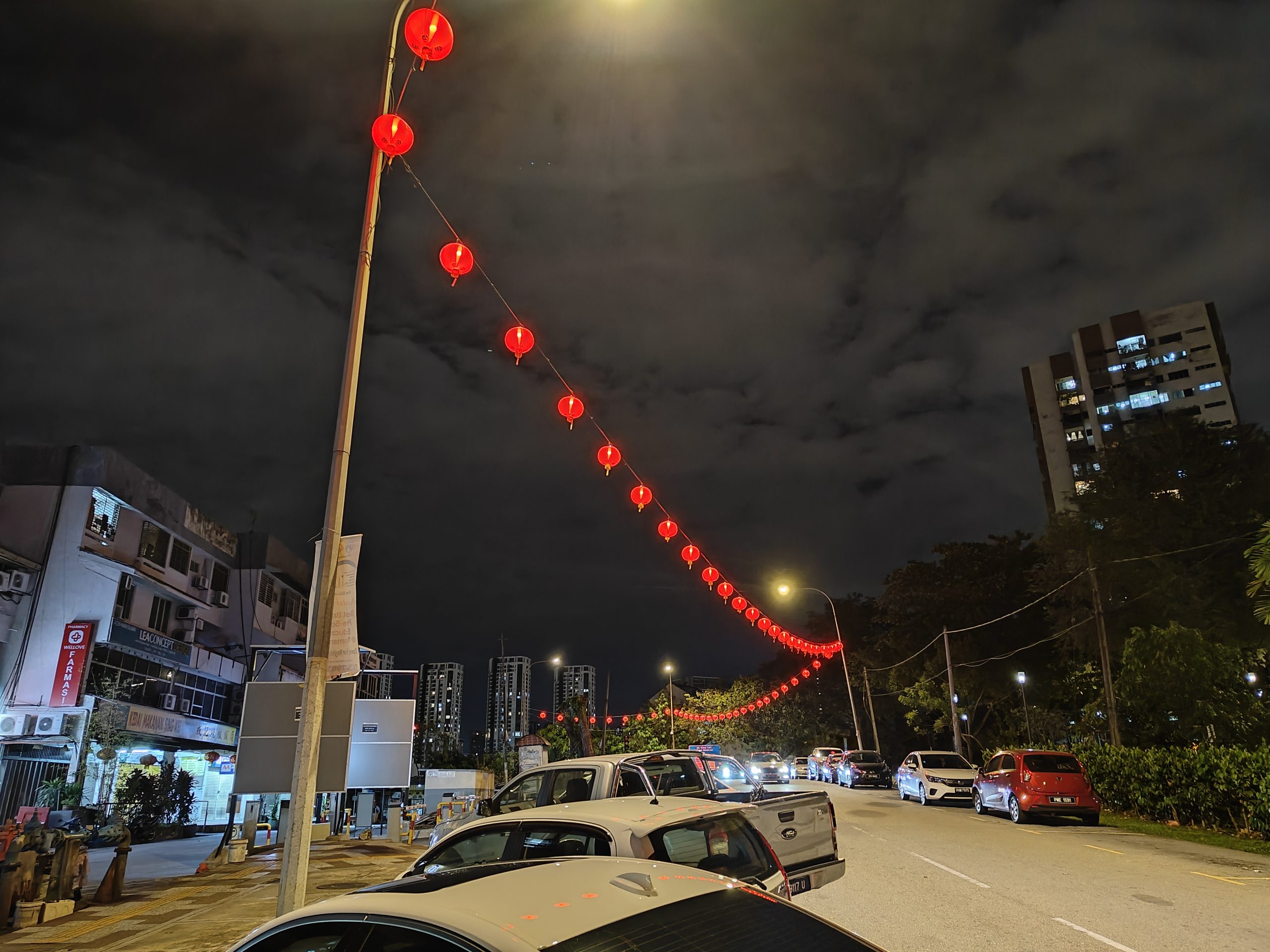
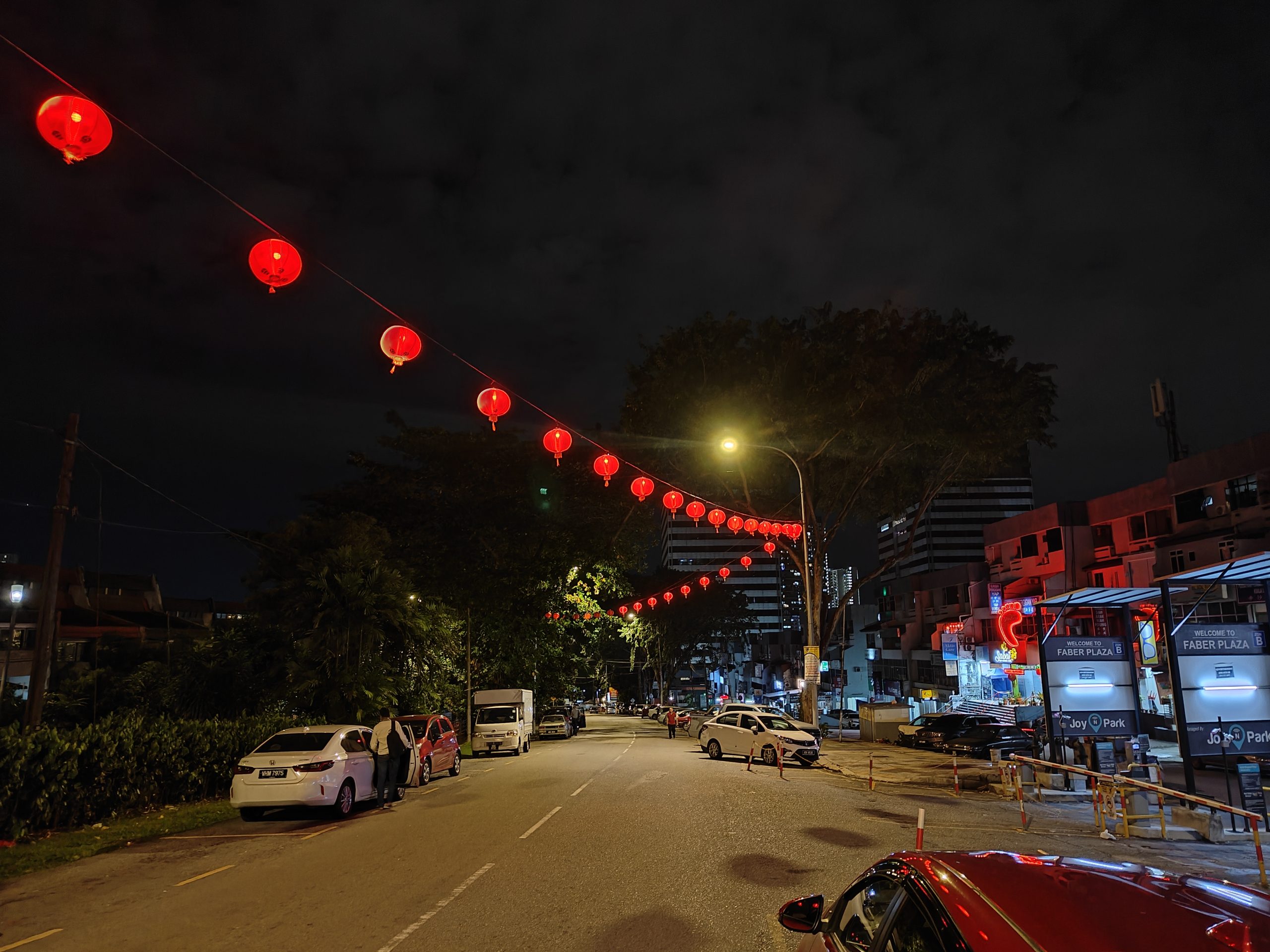



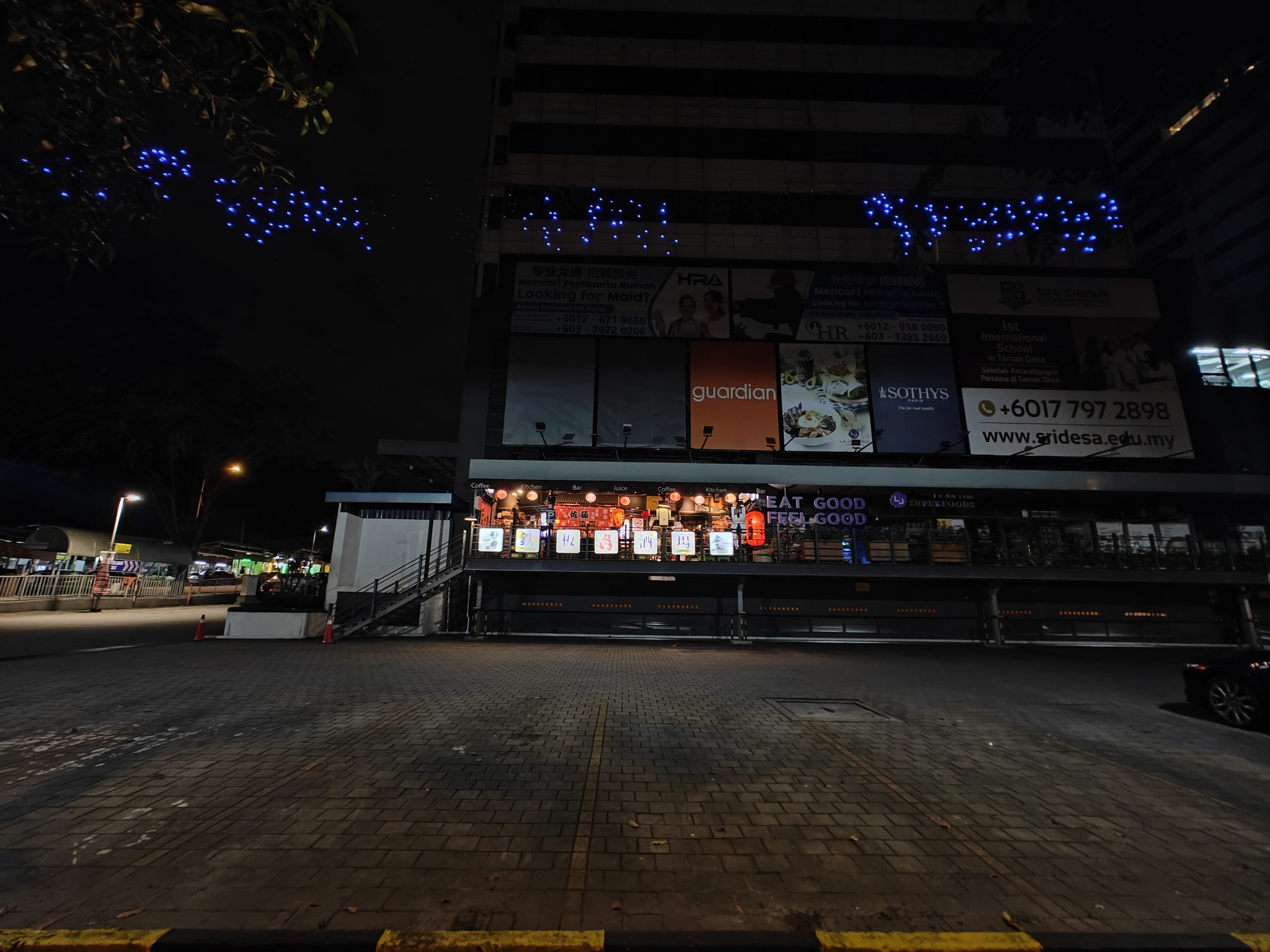
Shots aren’t always perfect though, as photos taken with the OnePlus 11 occasionally feature chromatic abberation, as well as a tendency to result in images that are blown out. This is especially true in low light shots, where I often had to really get the focus right or else. Then there’s the XPan Mode too, which I found to be mostly a gimmick than anything else.

The OnePlus 11 needs to be cheap
…Or at the very least, cheaper than the competition if OnePlus wants their latest smartphone to even be in the same conversation as the others.
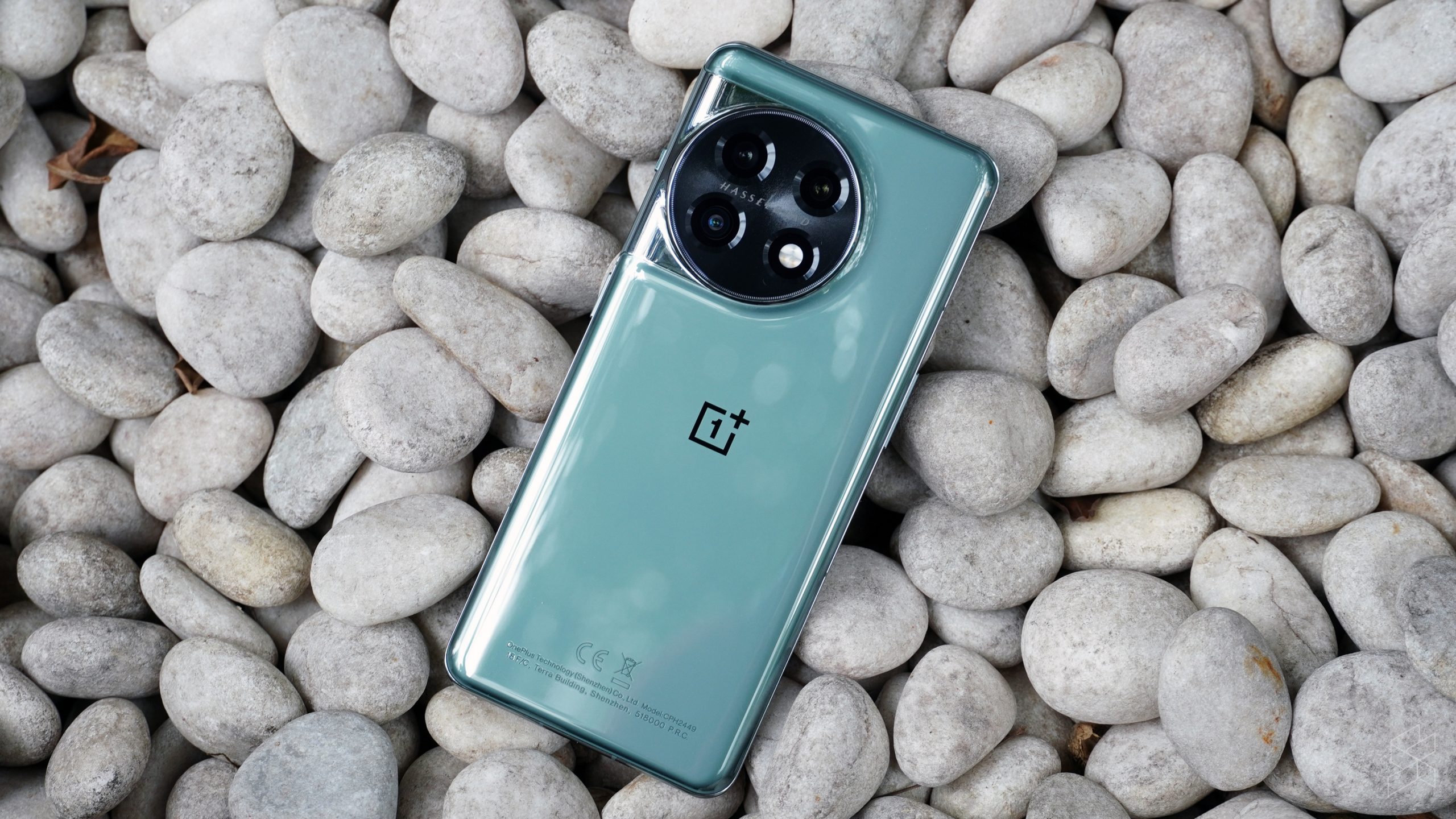
See, if I was in the market for an Android flagship, the obvious choice here would be the recently launched Samsung Galaxy S23. It starts at just RM3,899 and comes with some nice-to-haves that the OnePlus 11 doesn’t, such as an IP dust and water resistance rating, wireless charging, SamsungPay and a more powerful Snapdragon 8 Gen 2 for Galaxy too. Sure the display on the Galaxy S23 might be smaller, but for some who prefer a compact device that might even be a benefit.
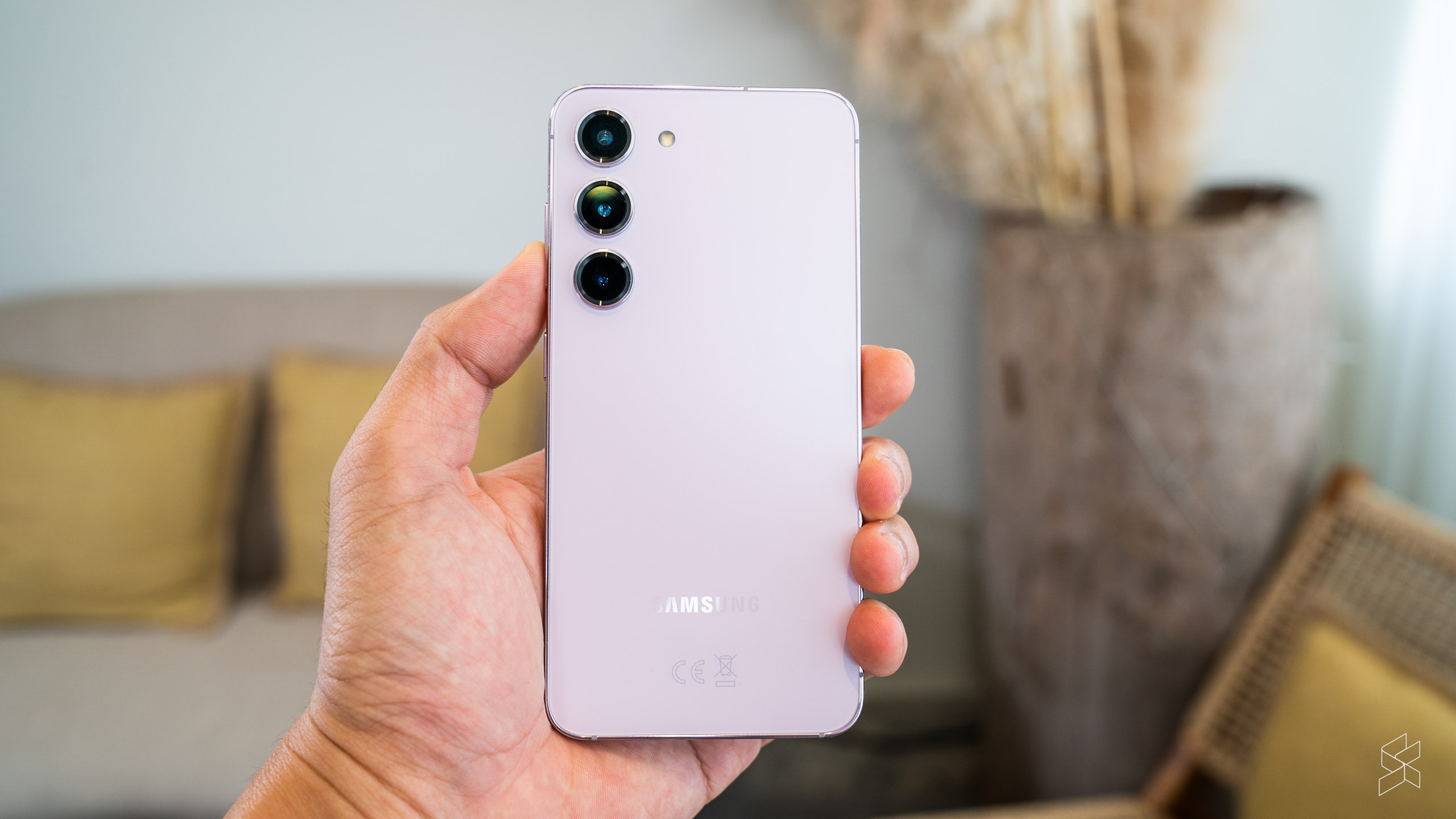
At time of writing though, we do not know just yet the official price of the OnePlus 11 in Malaysia. However, it needs to find itself at least a good couple of hundred ringgit below the Galaxy S23 if it wants to stand a chance of competing against it. Otherwise, I’m not sure the OnePlus 11 is worth buying. Do stay tuned though, as OnePlus Malaysia will be debuting the OnePlus 11 on the 14th of February.
In the end, the OnePlus 11 seems like the greatest sign yet that OnePlus is in the midst of an identity crisis—stuck between making cheaper flagships that would appeal to their enthusiast fan base, while also wanting to challenge the more upmarket giants like Apple and Samsung. In fact, just like the OnePlus 11, OnePlus itself looks stuck in no man’s land with a phone that’s neither here nor there.
0 comments :
Post a Comment